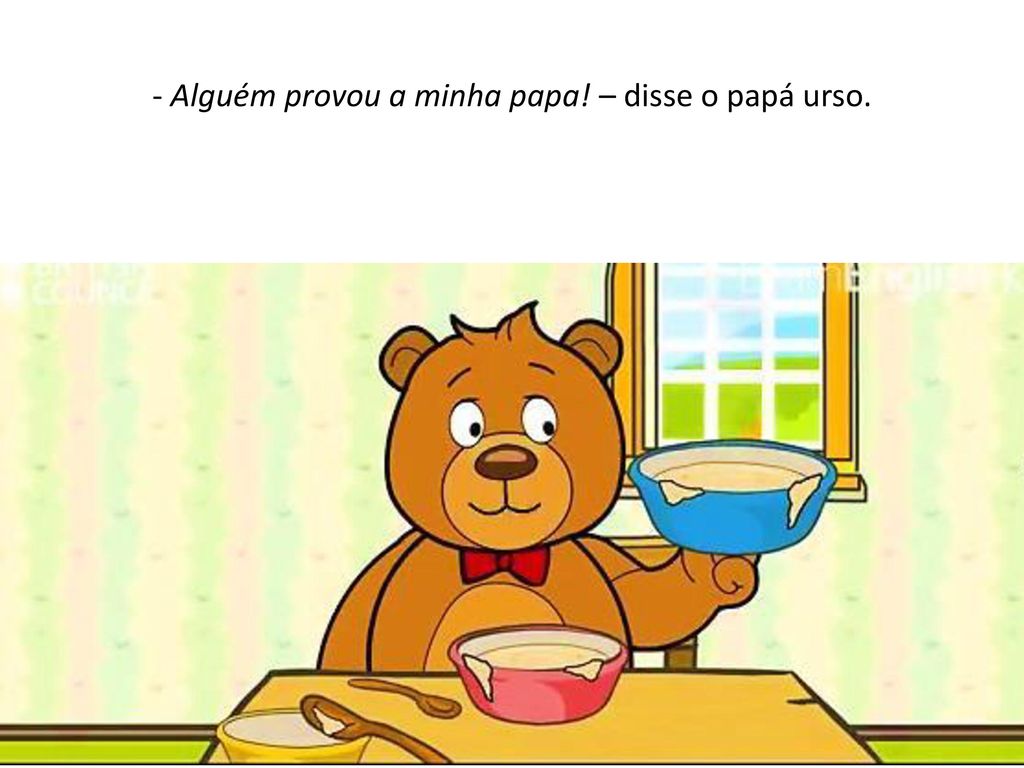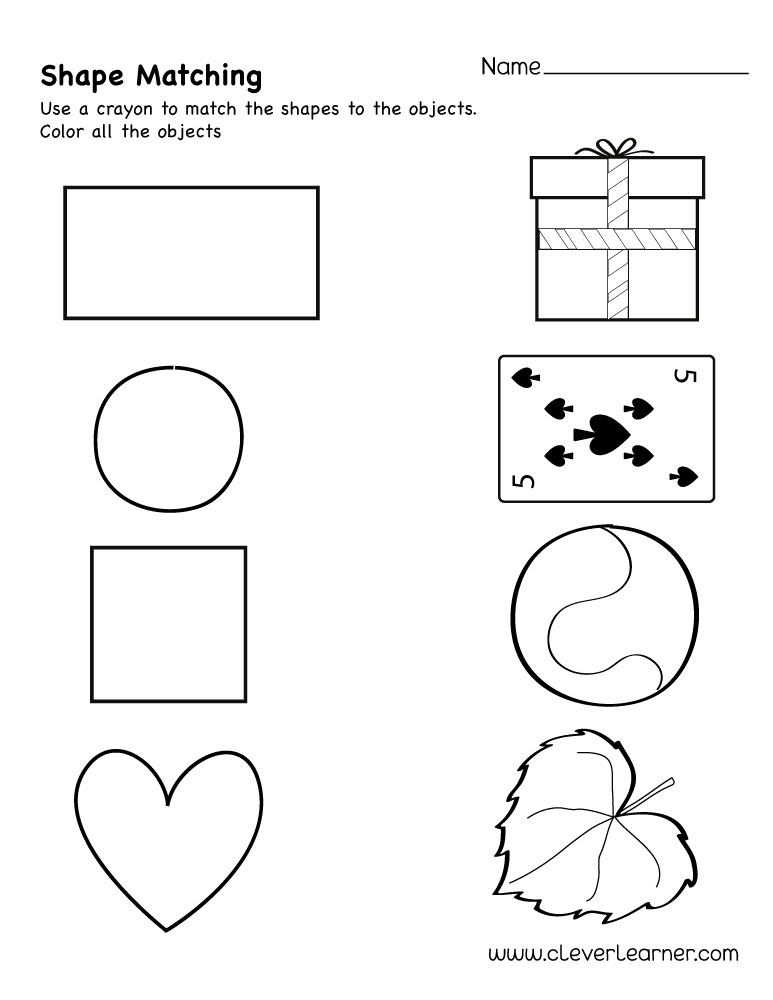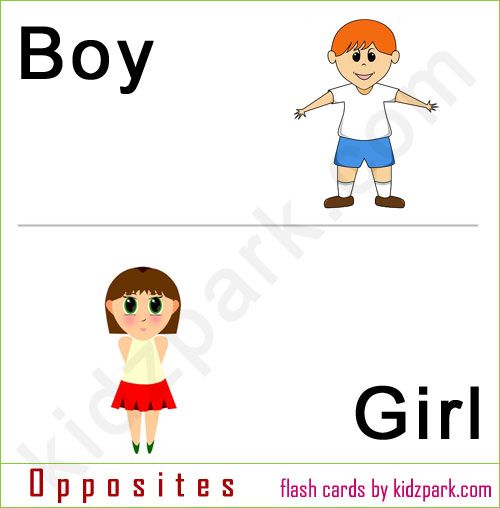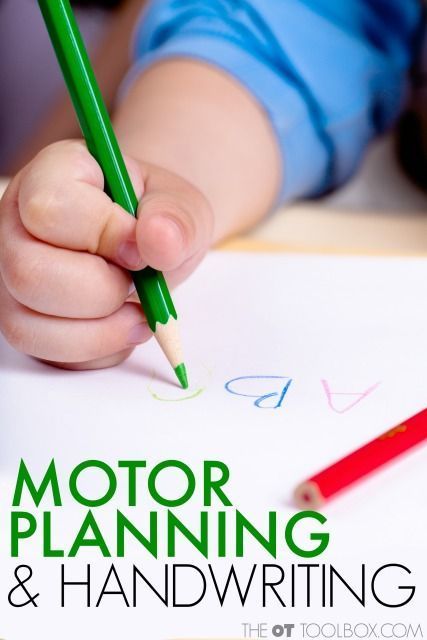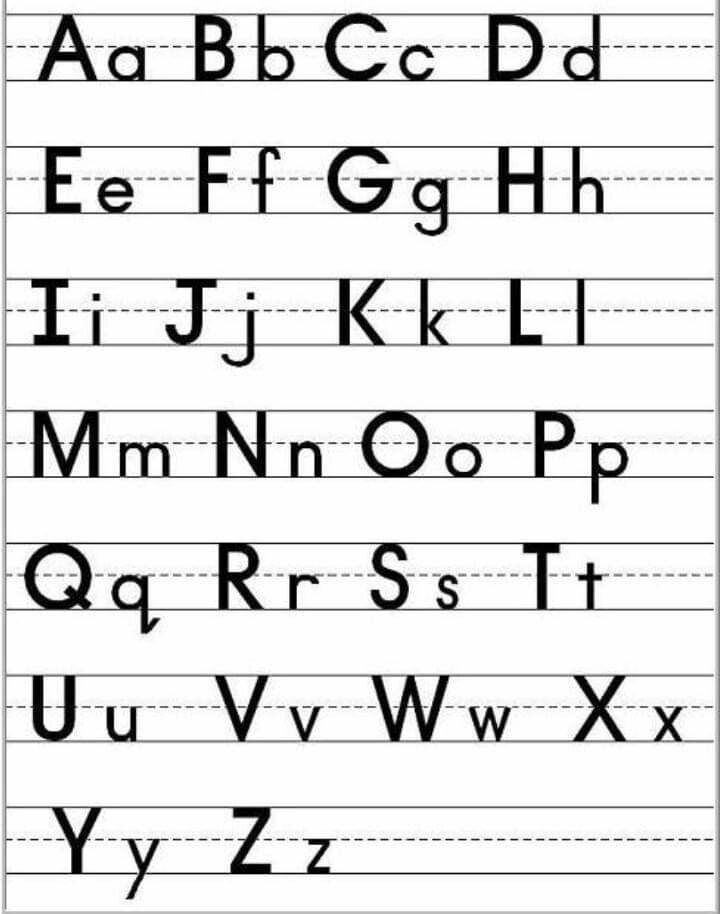Short stories on superheroes
Superman, Spiderman, Batman and More – Short Story Guide
Regular short stories starring famous super heroes are hard to come by. The ones available seem to be written for children. If you’re looking for this kind, here are a few volumes to check out (Amazon):
- 5-Minute Spider-Man Stories
- 5-Minute Batman Stories
- 5-Minute DC Super Friends Stories
- 5-Minute Avengers Stories
- 5-Minute Marvel Stories
- Marvel Storybook Collection
- DC Big Book of Super Hero Stories
See also:
- Mutants
Superhero Stories
The following stories feature other heroes. These ones are written for teens or adults.
“Cookie Cutter Superhero” by Tansy Rayner Roberts
Joey has a newfound celebrity status at school. She’s reminded of her first day when everyone was interested in her left arm. It’s her last day for at least six months. She’ll be going to live at Sky Tower with the team. Her friends speculate about who she’ll become and who she’ll be replacing. There’s a lot of uncertainty and excitement about Joey’s new path.
This story appears in the anthology Kaleidoscope: Diverse YA Science Fiction and Fantasy Stories. It can be read in the Amazon preview.
“Boom” by Andrew Gladman
The narrator wakes up with a nurse looking at him. His senses are heightened. He doesn’t know what’s wrong. He was working for a man named Hunt in a lab. He’s going to be sent back.
“Boom” can be read in the preview of Superhumanity: Superhero Short Stories.
“Geek Gurl Rising” by Chris Pourteau
Carrie sits by herself for lunch in the cafeteria. She gets harassed regularly by four popular students, and starts to view it as an experiment. She plans different ways of responding to them to see how they’ll react. Carrie is a big fan of superheroes. She heads to the library to get away from everyone. The librarian, Mr. Johns, has a surprise.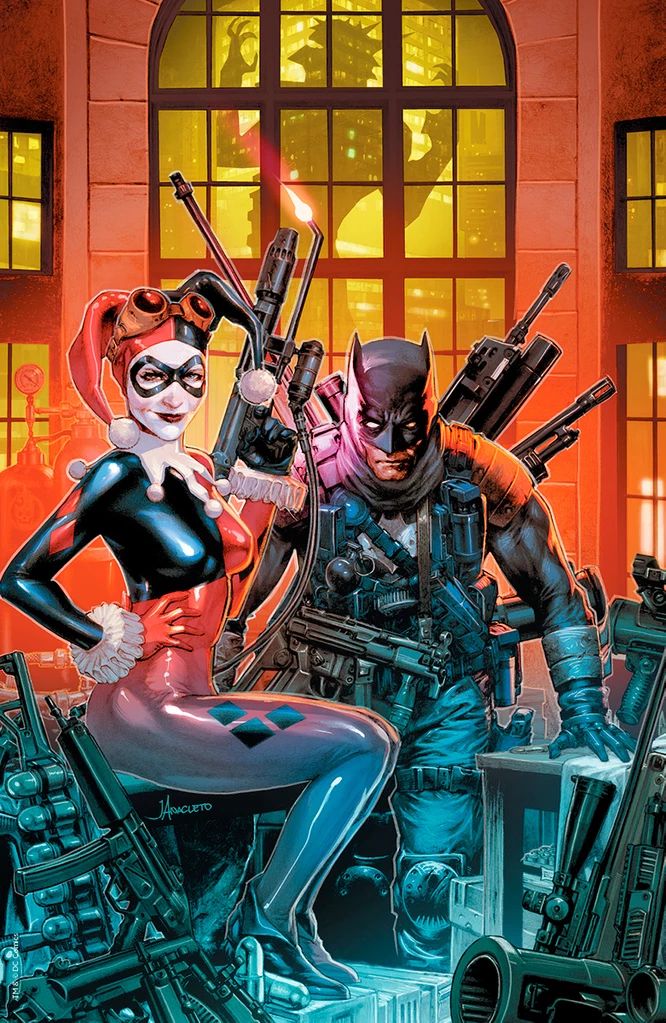
This story can be read in the preview of It’s a Bird! It’s a Plane!: A Superhero Anthology.
“Villainous Origins” by Jessica West
A woman is making her nightly walk home through the woods. A man attacks her, but she defends herself. He’s undeterred. She thinks about the time she met someone she called Justice. It was in the woods about twenty years earlier, when she was attacked by her stepdad.
This story can be read in the preview of World Domination: A Supervillain Anthology.
“Lovesick: Chasing the Storm” by Agustin Guerrero
The narrator recounts some meetings between himself and another superpowered person. There were sparks at the first meeting. They fought and lived to fight another day. He relates the progression in their encounters.
This story can be read in the preview of Powerless Against You.
“Flying Fast, Falling Hard” by Kim Strattford
Tom Sullivan was a pilot in the Air Force; now he doesn’t need a plane to fly. He meets with Marta, the head of the Superhero Alliance. Tom has been accepted for membership. There’s a condition, though: he has to improve his fighting ability. His training is to start immediately.
He meets with Marta, the head of the Superhero Alliance. Tom has been accepted for membership. There’s a condition, though: he has to improve his fighting ability. His training is to start immediately.
This story can be read in the preview of Under the Cape: An Anthology of Superhero Romance.
“Bedtime Story” by Scott Bachmann
Liza tells her kids a Paragon adventure, a story from her old life. They’re classified, but she can omit certain details. It’s about the Serpent Lord, a man who could control minds. It started when a man named Rodney Gilliam robbed a secret lab and some other sites. The Defense Force was called in to help.
“Bedtime Story” can be read in the preview of The Good Fight Anthology.
“The Token Superhero” by David F. Walker
Alonzo Ramey was born with the genetic anomaly that causes superpowers. Fortunately, his powers were of the Standard variety. His father warns him that white folks wouldn’t take kindly to a colored boy with superpowers.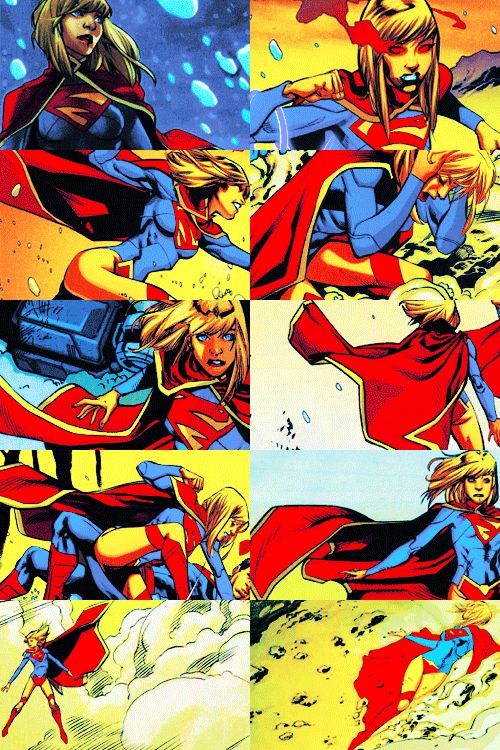 He ends up getting offered a position with Teen Justice Force.
He ends up getting offered a position with Teen Justice Force.
This story can be read in the preview of Octavia’s Brood: Science Fiction Stories from Social Justice Movements. (53% in)
“Pygmalion” by Seanan McGuire
At age ten, the narrator found out her mother was Galatea, the most powerful superwoman in the world. She also figured out that her father was Zenith, the most powerful superhuman. She, however, had no powers of any kind, and felt like she could never be good enough. The turning point came when her mother’s secret identity was revealed, putting her at risk.
This story can be read in the preview of Unmasked: Tales of Risk and Revelation. (18% in)
“Dream Knights” by L. A. Banks
Cassandra walks through the sleet to her morning train. As she walks down the subway steps, she sees a Watcher. She always sees one the night before one of her dreams. Aware of her vulnerability, she takes the necessary steps. When she boards the train, there are more Watchers.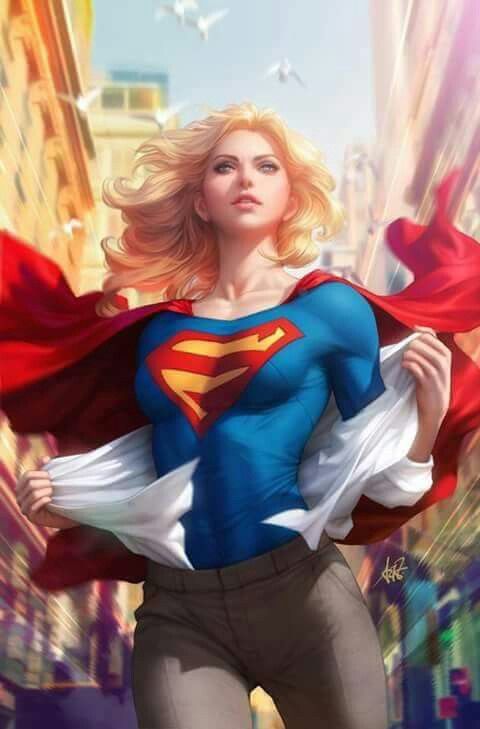
Most of “Dream Knights” can be read in the preview of The Darker Mask: Heroes From the Shadows.
“Ms. Liberty Gets a Haircut” by Cat Rambo
A group of superheroes are having pizza and beer. Ms. Liberty is a cyborg, X is a genetically constructed being, Kilroy is an alien and Dr. Arcane is a magic-user. Dr. Arcane believes the group dynamic isn’t right. They decide to interview some potential new members.
Some of this story can be read in the preview of Behind the Mask: A Superhero Anthology.
“There’s Going to Be a Fight in the Cafeteria on Friday and You Better Not Bring Batman” by Lamar Giles
Cornell almost misses his bus stop because he’s going over his list of superheroes. He was picked for the game on Friday, where students choose superheroes to face off against each other. The problem is, you can’t repeat names, and there aren’t many options left. He looks to his brother for help.
In this story, the characters just talk about superheroes.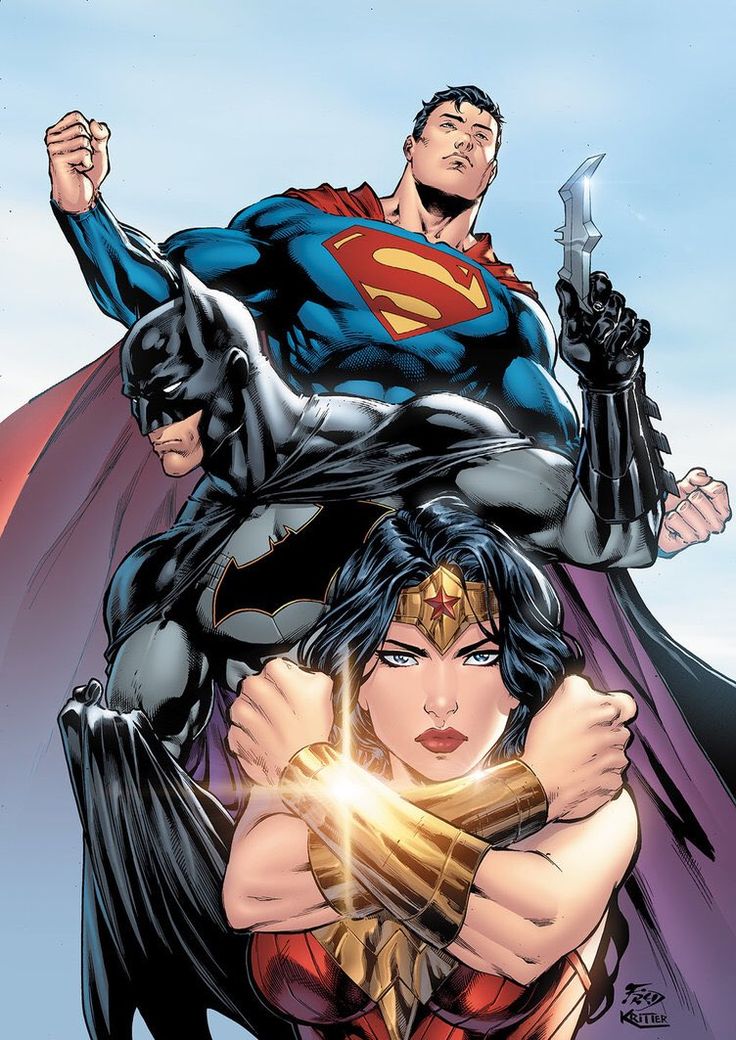
Some of it can be read in the preview of Black Boy Joy: 17 Stories Celebrating Black Boyhood. (60% into preview)
The Wild Cards SeriesThe Wild Cards universe is populated with Aces and Jokers—people endowed with superhuman powers and those with bizarre conditions.
It’s an alternate history. After WWII, an alien virus hit the Earth, mutating those exposed to it. Some use their abilities for good, some for evil and some blur the lines.
This series is written for adults.
There are some short story anthologies in this series, such as Wild Cards I: Expanded Edition, and Wild Cards II: Aces High.
Superhero stories for children
Superhero stories for children – an introduction
Superhero stories and superheroes in children’s books – here’s our super list of super picture books, short chapter books and topic books featuring superhero characters and themes for EYFS, KS1 and KS2. With a mix of heroes and heroines superhero adventures, Bring out your inner caped-crusader with these classic tales of villainy and injustice being defeated by courage and the most awesome of superpowers.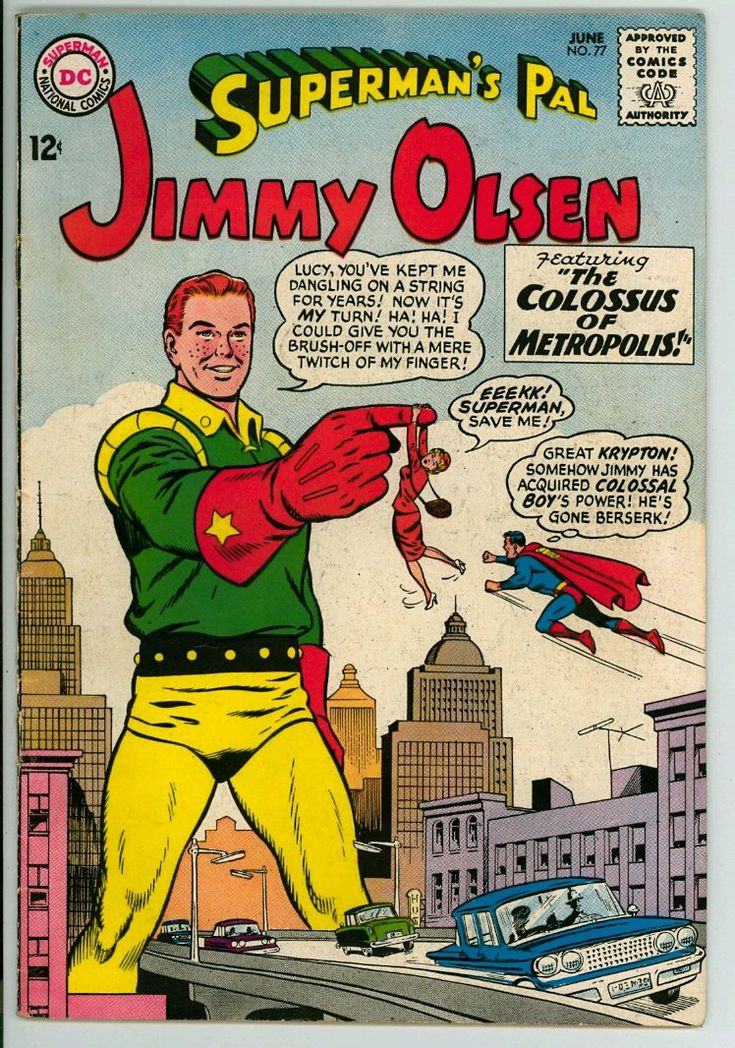
This list includes picture books, short chapter book fiction and middle-grade novels packed with boom, pow, bam, kapow, a healthy serving of whoosh, crash, wham, splat, zap and zonk and plenty of truth, justice, power and responsibility.
Exploring superheroes in books can be a great way to inspire children’s writing and discuss issues of confidence, positive relationships, belief in one’s abilities, ambitions, self-image, how we can help other people, the importance of teamwork and cooperation, and putting faith in good trumping evil.
Writers and illustrators featured include Julia Donaldson, Dav Pilkey, Neal Zetter, Phil Earle, Mini Grey, Cynthia Leonor Garza, Sue Hendra and more.
For book prices and ordering, click on the cover image.
As an Amazon Associate schoolreadinglist.co.uk earns from qualifying purchases.
Superhero stories for EYFS, KS1 and KS2 – our recommended titles
Lucia the Luchadora by Cynthia Leonor Garza
When a group of boys tells Lucia that girls can’t be superheroes, she has other ideas, and with the help of her grandmother, she finds out she’s descended from a long line of real superheroes – the Luchadoras! With strong female characters, this vibrant picture book for 3-7-year-olds introduces children to the rich history and culture of Mexican lucha libre.
Zippo the Super Hippo by Kes Gray
Zippo is a Hippo who believes he can overcome any challenge in his quest to find his superpower. Determined to fly, in failure, he discovers a superpower no one would have expected. It’s a hysterically funny and empowering read that will help children to see all the different things they can be good at.
My Brother is a Superhero by David Solomons
When Luke’s brother is given amazing superpowers by a passing alien, Luke is very disappointed. After all, it’s Luke who’s mad about comic heroes, not his brother Zack. But when Zack disappears, Luke has to find him and battle an evil arch-nemesis! This extremely funny comic page-turner will appeal to and give confidence to less extrovert children aged 9-12.
The Adventures of Captain Underpants by Dav Pilkey
When George and Harold decide to create their own comics, they come up with the ultimate super-secret superhero to fight battles, be funny and design pranks.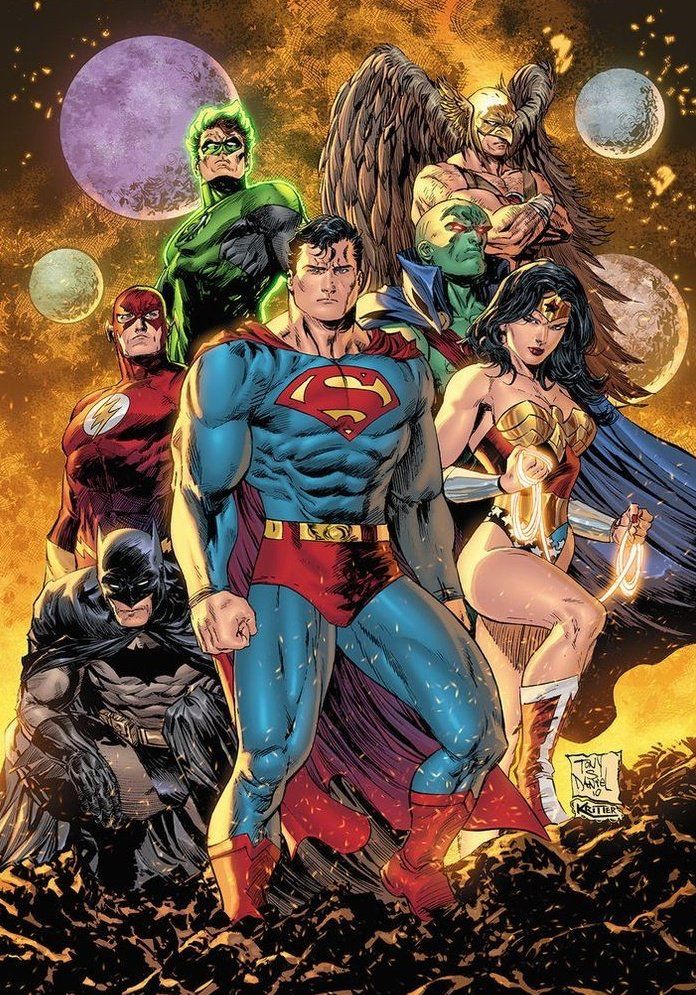 A binge-worthy and unputdownable graphic novel series of superhero stories that will appeal to 9-11-year-old children of all reading abilities. Now in full colour with ‘fliporama’.
A binge-worthy and unputdownable graphic novel series of superhero stories that will appeal to 9-11-year-old children of all reading abilities. Now in full colour with ‘fliporama’.
Daddies and Baddies by Mat Waugh
It’s five heroic children, five amazing dads vs some superbad robbers in this madly funny comic romp with fun on every page. The highly illustrated anarchy will appeal to 4-7-year-olds and the rhyming storyline and innumerable quirky visual details to spot make this a great book to share.
Superheroes Don’t Get Scared… Or Do They? by Kate Thompson and Clare Elsom
What happens when the biggest, fastest, strongest most amazing superheroes get scared? It couldn’t happen, could it? The rhyming text, larger than life characters and bold colourful illustrations help to bring this book alive. A great story to help explore fears and worries with younger children.
Juniper Jupiter: A Real-life Superhero by Lizzy Stewart
Juniper Jupiter has amazing superpowers – super strength, super intelligence and super bravery, but all she wants is a friend.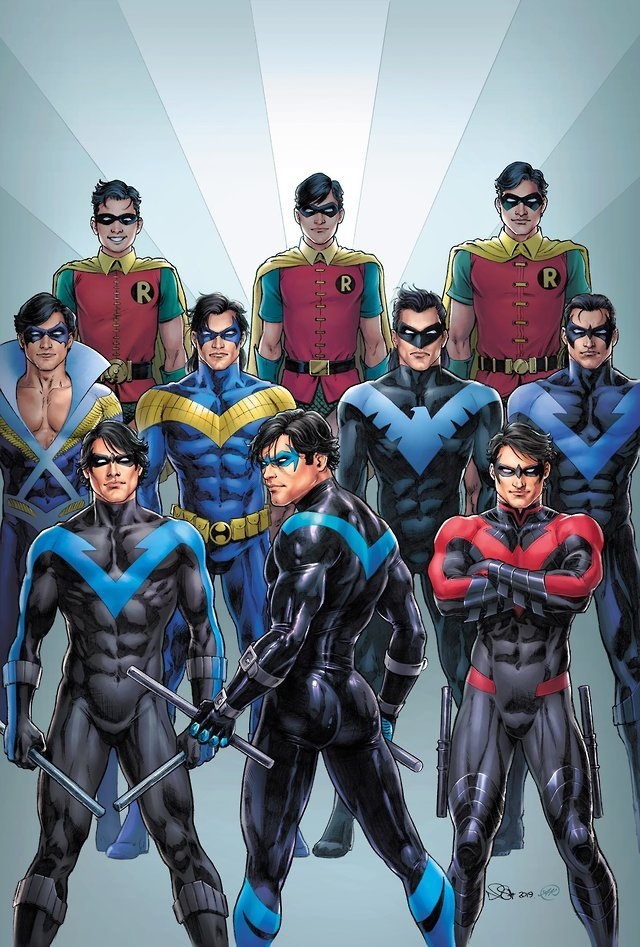 So she sets out to find the perfect super sidekick. Exploring the values of trust, friendship and appreciating the people around us, this is a useful book to discuss in EYFS circle time and KS1 PSHCE.
So she sets out to find the perfect super sidekick. Exploring the values of trust, friendship and appreciating the people around us, this is a useful book to discuss in EYFS circle time and KS1 PSHCE.
Superworm by Julia Donaldson
When a slithering lizard corners Superworm, who will wriggle to the rescue of the snails, slugs, toads and beetles? Facing certain peril, Superworm need not fear – for his friends are determined to help him. A classic and uplifting rhyming picture book to read aloud and discuss loyalty and friendships with 4-7-year-olds.
Here Come the Superheroes: Raps and Rhymes to Save the Galaxy by Neal Zetter and Chris White
Featuring Captain Polystyrene, Sister Speed, Terrific Tot and arch-nemesis Teen Terrible, this is an engaging full-colour collection of super poems to read aloud. It’s filled to the brim with cracking rhyming raps that will captivate an entire class, year group, or even school. Highly recommended for KS2 literacy and KS1 superhero topics.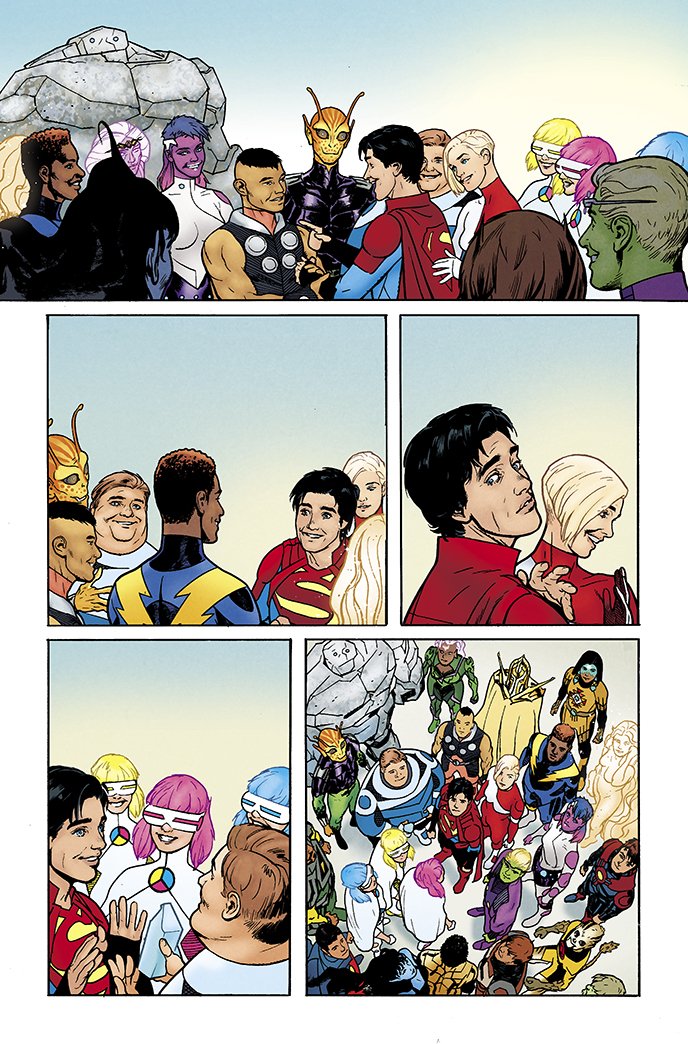
Stardust by Jeanne Willis
In the shadow of her older sister, a little girl wishes she was the star of the family. But one night, while looking up at the cosmos, her grandfather shows her that we are all stars. A charming, moving and memorable picture book that will give younger children a new perspective on what we are, and what we can grow up to be.
Astro Girl by Ken Wilson-Max
Astrid is determined to realise her dream of being an astronaut. Packed with positivity, this engaging and beautifully illustrated story with diverse characters will encourage children have the confidence to overcome obstacles and challenges in life.
Traction Man Is Here by Mini Grey
This modern classic follows Traction Man, a toy to save the world, with an outfit for every occasion. But when a granny knits him a new suit, in green, how can he show his face and still be a hero? With rich language to inspire creative writing, this is a clever and positive comic book story for 5-7-year-olds that challenges stereotypical ideas of how a hero should look and act.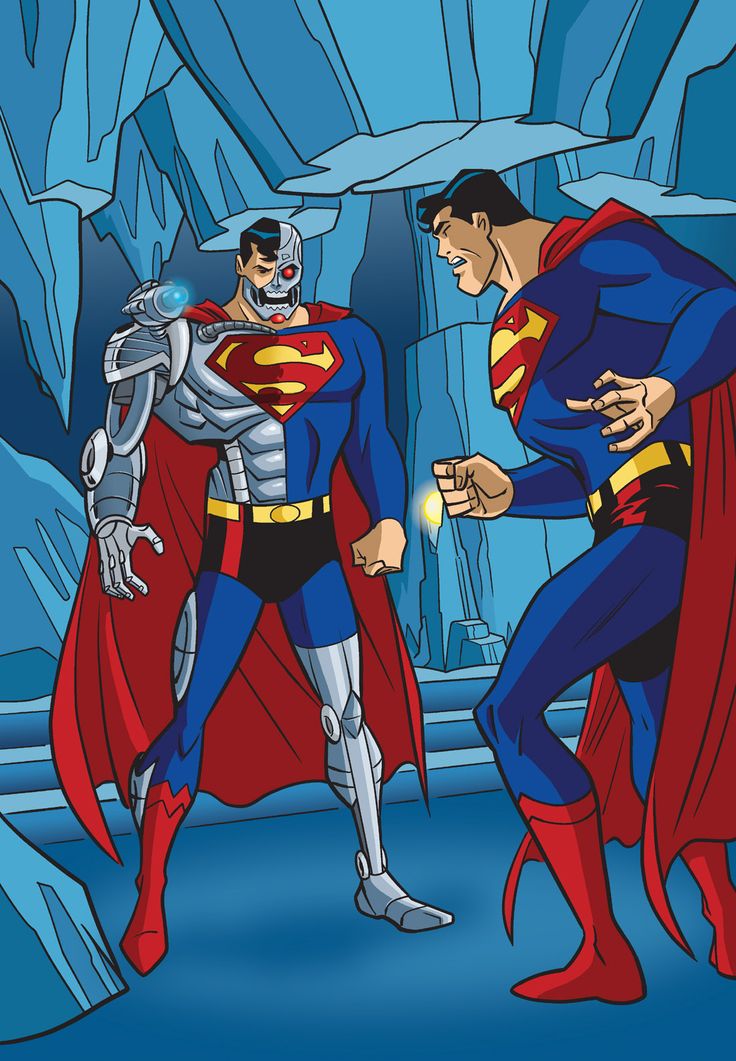
Superhero Hotel by Abie Longstaff
After days and weeks of superhard superheroing, the Superhero Hotel is the perfect place to relax. However, superheroes with too much time on their hands turn out to be a recipe for disaster in this brightly illustrated picture book for 3-5-year-olds with a diverse ensemble of memorable characters.
Superbat by Matt Carr
Pat is a bat with superior seamstress skills who decides to become a becaped superhero in this boldly illustrated picture book for preschoolers. Determined to stand out and be more than those around him, it takes a group of mice to point out how incredible he really is. A bedtime story to read again and again.
The Astonishing Secret of Awesome Man by Michael Chabon
Awesome Man has every awesome superpower imaginable, and a few more. He beams positronic rays from his eyes and is seemingly afraid of nothing, But he also hides a secret and one which pre-school children will be determined to find out! A great story with a clever twist that’s great to read to and discuss with 5-7-year-olds.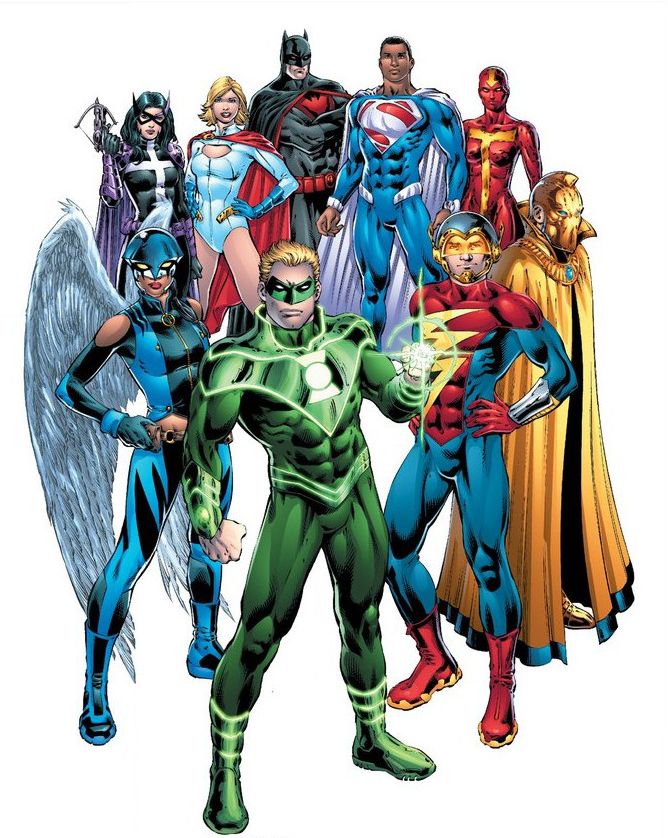
SuperDad’s Day Off by Phil Earle
Stanley’s dad is his hero and always spends Fridays with him. But one Friday, he can’t. So, Stanley needs to step in and help his dad as an extra superhero to aid all sorts of interesting people in need. This brilliant rollercoaster of a fun short chapter book will appeal to less confident readers aged 4-9 and dyslexic readers in KS2.
Super Snail by Elys Dolan
If Kevin is to join the League of Heroes he needs to prove himself – something that’s difficult when he’s a slug. But everything’s possible with the power of slime! With bright illustrations, visual cues and lots of comic strip dialogue, this is a great book to read and share with infants.
Dylan the Villain by KG Campbell
Dylan is determined to be the worst possible villain and make his evil parents, Mr and Mrs Snivels, proud. But when he enters a school contest to build a diabolical robot, things don’t go entirely as planned.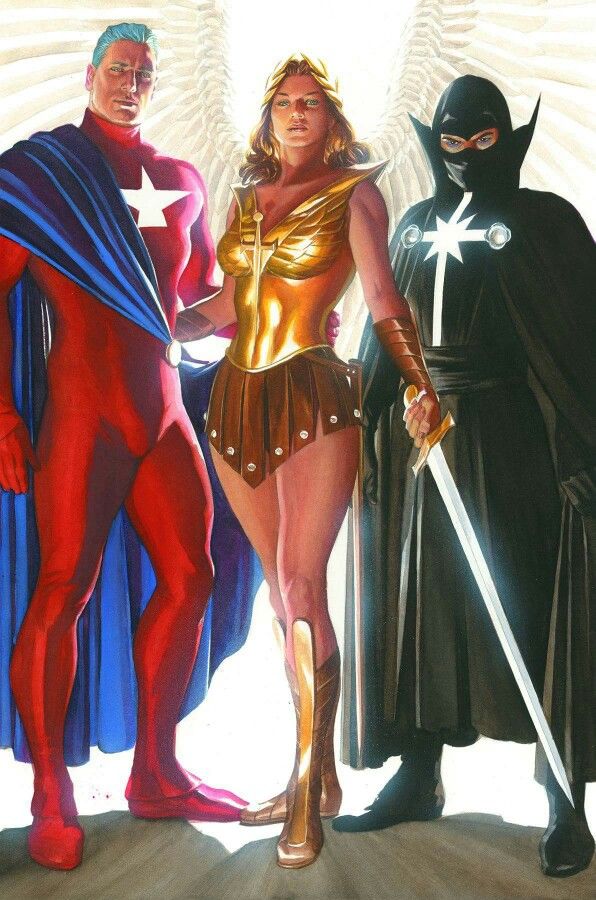 With clever humour and bombastic characters, this is a great picture book story for superhero topic teaching to help EYFS children understand the concepts of competition, ambition and how to behave fairly.
With clever humour and bombastic characters, this is a great picture book story for superhero topic teaching to help EYFS children understand the concepts of competition, ambition and how to behave fairly.
Max by Bob Graham
There’s a lot to live up to when mum and dad are both celebrated superheroes. But Max can’t seem to be like them. That’s until a baby bird is in mortal danger and Max does something incredible. A heartwarming story that will help instil confidence and inspire a can-do attitude in younger children.
Supertato by Sue Hendra
When a naughty pea gets away, Supertato is on hand to try and catch it. But has he met his match? A laugh-out-loud picture book to read with toddlers through to infants, Supertato is a modern classic that deserves a place in every classroom and childhood bookshelf.
Resources for using superhero stories in teaching
- BBC Bitesize has a useful set of superhero resources to support teaching a superheroes topic in KS1.
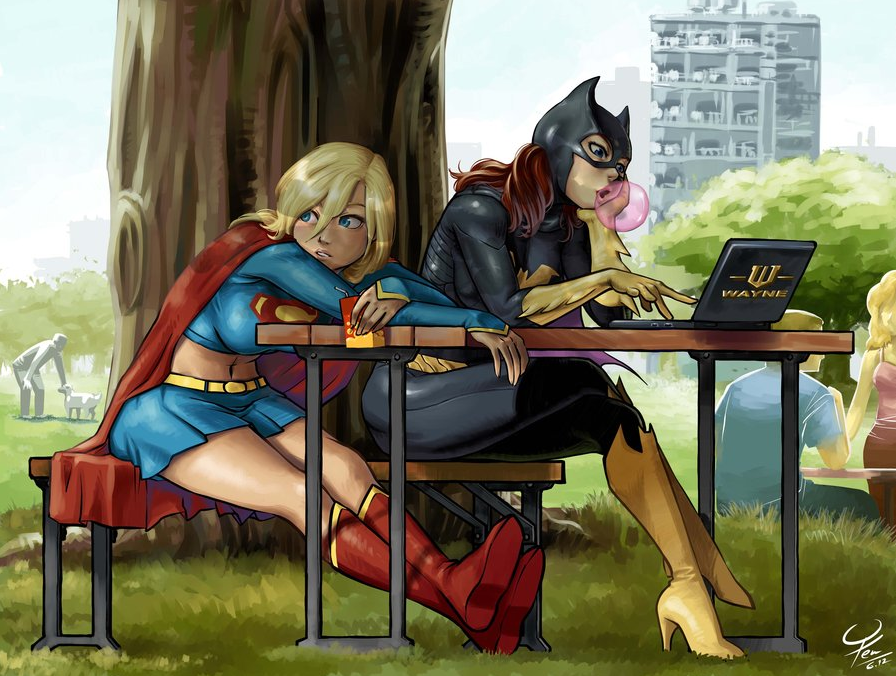
- The Hay Festival has produced a great pack of free resources based on David Solomons books, designed for KS2 classes, but also usable with more advanced Year 2 groups.
- Westwood Primary School in Leeds has some great ideas on their website for using superhero stories as part of a cross-curricular topic involving Literacy, PE and STEM
- Mentally Healthy Schools has created an excellent set of free EYFS, KS1 and KS2 resources to support positive self-image and wellbeing, suitable for superhero topics, class teaching, as well as transition.
- Puffin Schools offers a fun online video lesson for KS2 by Ali-A, explaining how to create a superhero – including developing a name, designing a costume, inventing a superpower and creating a narrative problem to resolve. It’s ideal for Year 3 upwards.
- The Philosophy Foundation has developed a clever resource pack for EYFS called ‘Superheroes and pants’, which teaches children to think about whether a person’s appearance or character is more important.
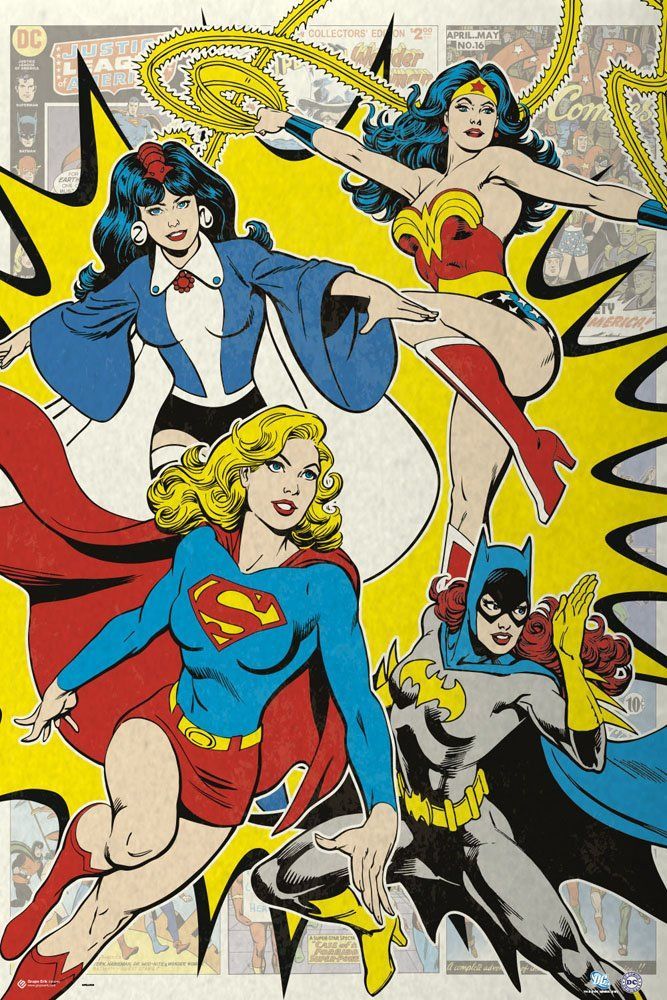
- Lawford Mead Primary School has some excellent artwork ideas for KS1 displays on the theme of superheroes on their school website.
To buy all the books in this superhero topic books list, or for bulk orders, please click the button below, or here for international orders.
If you liked this list of superhero stories, you might also enjoy Shark Super Powers by Jillian Morris & Duncan Brake, Gangster School: Gruffles and the Killer Sheep by Kate Wiseman, our list of 20 pirate books for children, our list of graphic novels for KS2 children, our All About Me topic books, and our list of recommended Year 1 books.
The Tale of Spider-Man and the Boy Who Became a Superhero
Preface for Parents
Here is one of the examples of our Quarantine Period Tales project – the atypical activity of the Read Fast team during the 2020 pandemic and quarantine. You can read more about this initiative at the link.
If you want to calm down, then right now is the time to settle down on the couch with your child, make tea for yourself and him, open the window and cover yourself with a prickly blanket. Start reading a fairy tale, it has a therapeutic effect. Actually, like any other fairy tale :).
If you want to take a break, just click on this link and turn on the audio fairy tale. It is designed for a little more than 10 minutes. During this time, you will have time to make yourself coffee, put your favorite music in the kitchen and dance a little with those who are nearby. And then you can include another fairy tale and another :).
Hold on.
A fairy tale about a spider-man and a boy who became a superhero
In a nearby town there lived a boy named Bogdan. He was already in first grade, but could not find real friends. At school, he was reluctant to communicate with him, and in the yard the bad guys made fun of him.
The chief bully of the court lived in his house and his name was Sasha.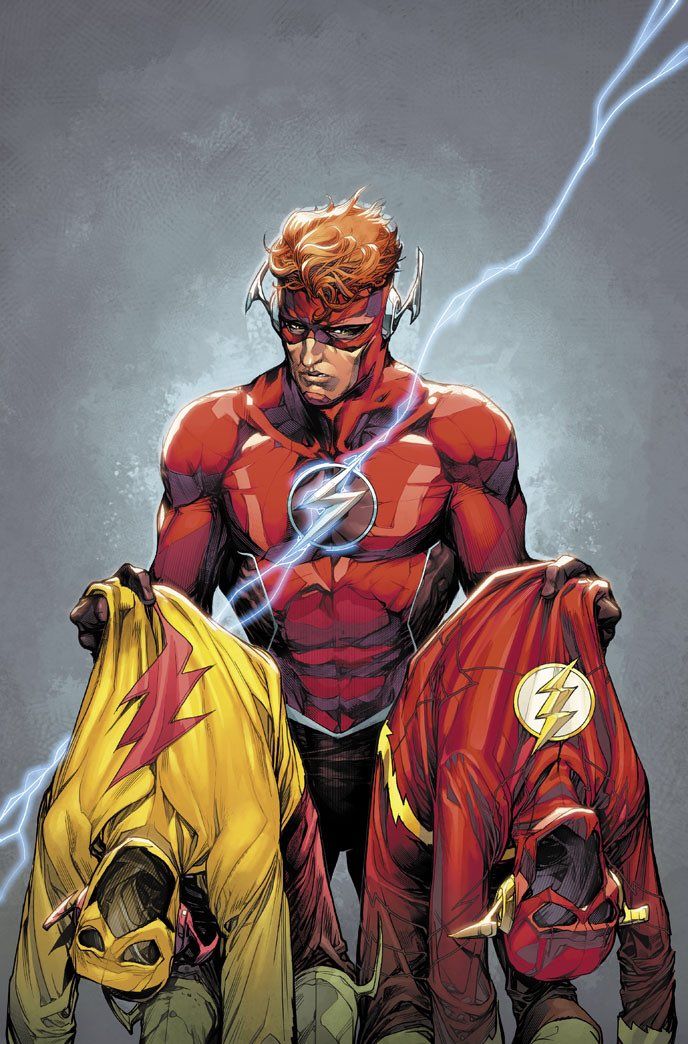 Sasha was already in the fifth grade and was the oldest among all the guys in the yard. He got a bad reputation for his tricks, so adults did not like him, and children were afraid. Only two guys were friends with Sasha. Vasya and Fedya followed him around.
Sasha was already in the fifth grade and was the oldest among all the guys in the yard. He got a bad reputation for his tricks, so adults did not like him, and children were afraid. Only two guys were friends with Sasha. Vasya and Fedya followed him around.
Every time Bogdan went home, this trio of bullies was waiting for him. The hooligans did not let him pass, called him names and threw stones at him. Day after day, Bogdan got it from Sasha's friends, but he could not fight back.
“What should I do? Whom to ask for help, thought Bogdan. At school, he was embarrassed to approach someone, and he did not want to complain to his parents. In order not to endure the attacks of hooligans, I decided not to go home after school, but to stay at school. When classes ended on Friday, Bogdan did not go home, but hid in the classroom.
It was the first time he was so late at school, and he wanted to see what was happening behind the doors of the classrooms.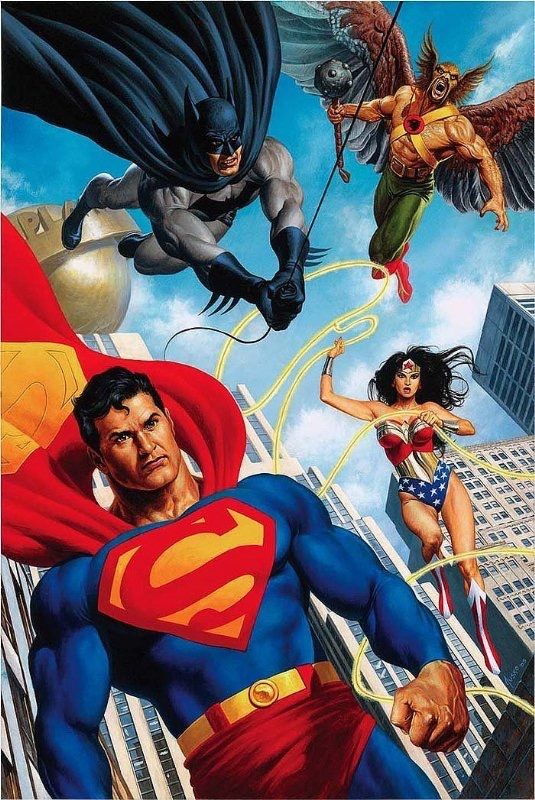 So Bogdan wandered around the school for more than an hour or two. He opened the door of each office and moved from one floor to another until he reached the very top. There, almost under the attic of the building, he saw a bright green light at the end of the corridor. The light was coming from under the door of the last office.
So Bogdan wandered around the school for more than an hour or two. He opened the door of each office and moved from one floor to another until he reached the very top. There, almost under the attic of the building, he saw a bright green light at the end of the corridor. The light was coming from under the door of the last office.
"Who at school can be this late?" thought Bogdan. Gathering courage, the modest boy quietly, almost on tiptoe, walked down the corridor. Approaching the door, from under which a bright green beam was breaking through, Bogdan slowed down and held his breath. He was afraid to see the teacher, but he was terribly interested to know where the green light came from and who might be hiding on the top floor of the school.
Coming closer, Bogdan saw the inscription on the door "Superheroes Office".
“What is this? What else is the "Cabinet of Superheroes"? This was never here. I would know for sure, thought Bogdan. Approaching close to the mysterious door, the light blinded him for a moment, but only for a moment. When his eyes got used to the light, the boy saw that a lesson was going on in the office.
When his eyes got used to the light, the boy saw that a lesson was going on in the office.
“But this cannot be,” Bogdan said in a half-whisper, “the last lesson was during the day, and it was already getting dark outside.”
The boy began to peer into the faces of the children who were listening attentively to the teacher. Does he recognize any of them? But no. No matter how closely he looked, Bogdan could not recognize either the students or the teacher. He had already lost track of time and did not notice how he touched the door handle. At her touch, the door opened slightly and creaked.
Hearing the treacherous sound, Bogdan immediately wanted to run away. Run wherever your eyes look, but there it was. A girl with two long pigtails, who was closer to the door, cried out: "Stepan Ivanovich, look, we have guests!"
There was nowhere to go. A gray-haired man of short stature, whose name, apparently, was Stepan Ivanovich, stopped writing on the blackboard and turned around.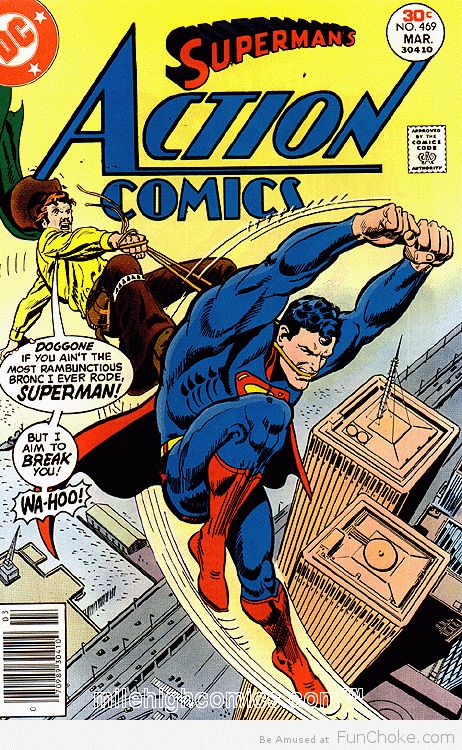
Bogdan was numb. He could not move and did not know what was better: to cross the threshold of the office or to run headlong from the school.
The resulting silence was broken by Stepan Ivanovich: “Come in, boy. What is your name?".
"Bogdan" - came a timid voice.
“Come on. Don't be afraid. My name is Stepan Ivanovich, and I teach at the "Superheroes Office" - the man introduced himself.
“What are you teaching here?” Bogdan asked, taking the first step into an unfamiliar office.
“Here we learn how to make different crafts. Want to try?" said Stepan Ivanovich, pointing to an empty seat at the desk.
“Why not?” Bogdan thought to himself, and decided to sit down at the desk that the teacher pointed to.
The lesson went on as usual, and Bogdan began to look at the children sitting next to him. At the desk with him was the same girl who first discovered his presence. In her hands was an incomprehensible small ball, from which a green light emanated.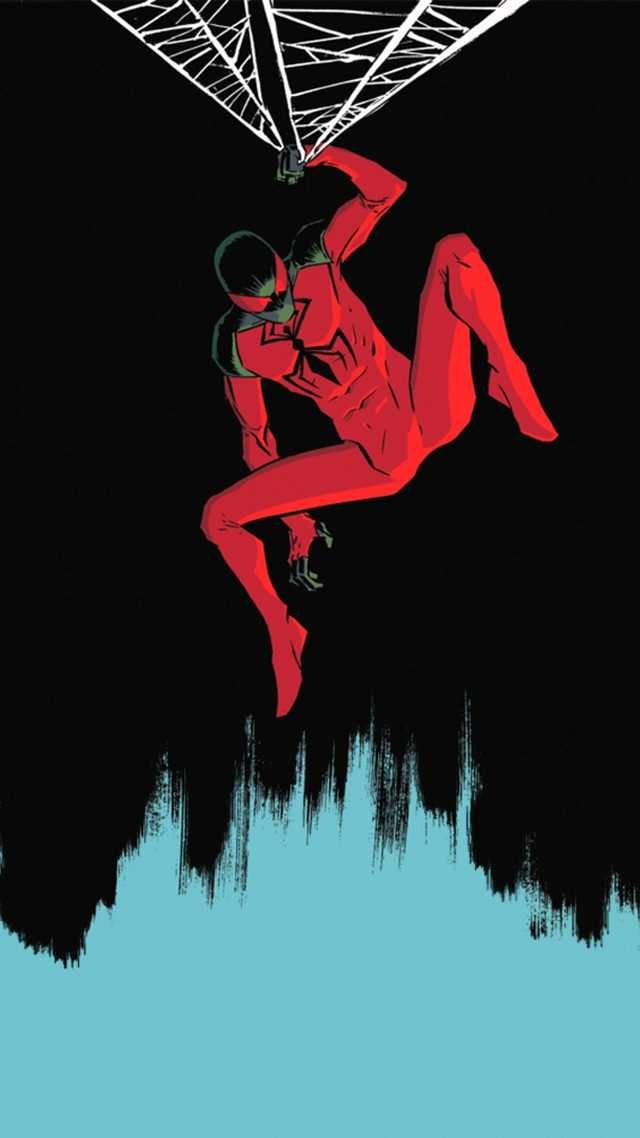 Bogdan looked ahead and looked around. As it turned out, all the children had a ball and all of them glowed green.
Bogdan looked ahead and looked around. As it turned out, all the children had a ball and all of them glowed green.
“So that's where the green light comes from. But what does all this mean? thought Bogdan. He did not dare to ask, as the girl explained: “Today we are making a green ball for a traffic light. In the last lesson, each of us made a red and a yellow ball. Do you see?” and she took out two small balls of different colors from her backpack.
“Now we will finish and connect all three balls,” the girl continued, “and then we will start making a new craft.”
Bogdan liked the idea, and he began to closely follow what she was doing. He offered the girl his help, and after half an hour their joint work was ready. As it turned out, the name of the owner of two long braids was Nastya. And she studied in a parallel class with Bogdan.
“So, children,” Stepan Ivanovich said, “our lesson has come to an end. Submit your work."
The children stood up and began to approach the teacher's table.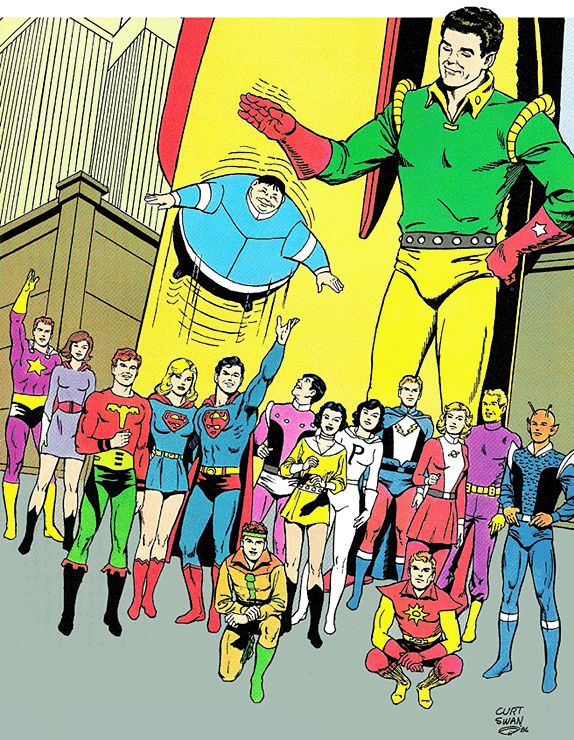 Everyone gave Stepan Ivanovich his traffic light and returned to his place.
Everyone gave Stepan Ivanovich his traffic light and returned to his place.
“Well done,” the teacher praised everyone, “on Monday we will give all the traffic lights to the traffic rules class. The weekend is ahead of you, and so that they are not in vain, you need to figure out which superhero figure you want to make from the designer?
Then the guys started vying to argue which superhero they should choose.
Bogdan timidly suggested: “Maybe we can make a spider-man figure out of the designer?”
“What? Good idea, ”a boy sitting at the third desk of the first row supported his proposal.
Bogdan was very fond of the comic book superhero. Peter Parker, who was bitten by a spider, received superpowers. He saved the defenseless and hindered the criminals. Bogdan read his favorite comics to holes, watched cartoons about Spider-Man for the millionth time and dreamed of becoming a strong superhero.
Stepan Ivanovich asked: "Does everyone agree to make Spiderman?"
"Yes! Yes!” the boys began to shout.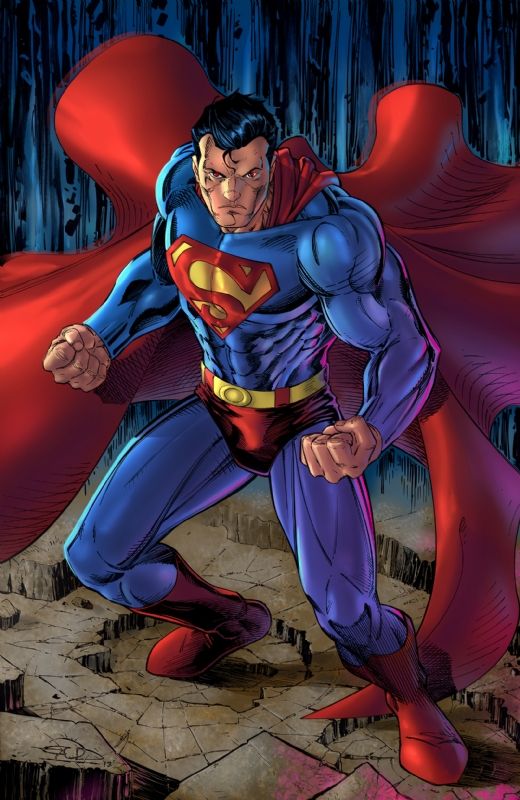
“It's decided,” the teacher said, “the next week everyone will have a Spiderman from the constructor. And now everyone is home."
Bogdan was very glad that his idea was supported, and that soon he would have his own spider-man. The inspired boy hurried home to think about what kind of costume his superhero would have. As he approached the house, he looked around. Sasha and his gang were not in the yard, so it was safe to go ahead.
Having slammed the door of his room, Bogdan took a sheet of paper and began to draw Spiderman. He was so carried away that he did not notice how the night had come. It was time for bed, but the superhero costume wasn't ready yet. Bogdan decided that he would continue painting in the morning.
As soon as his head touched the pillow, he began to fall into an amazing sleep. In a dream, Spider-Man appeared to him - the same one that the boy admired. He said: “Bogdan, today you will receive some of my superpowers and you will be able to help people yourself.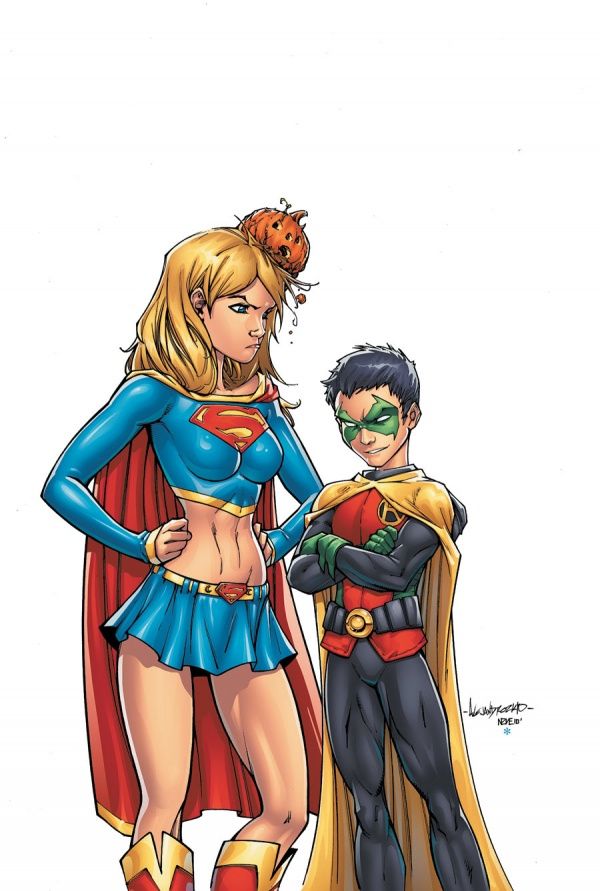 ”
”
Spider-Man touched Bogdan's arm and he felt a shiver run through his body.
“Bogdan, now you are a superhero,” the boy heard in his dream.
As soon as Spider-Man disappeared, the dream disappeared. Bogdan opened his eyes and saw that the sun was already shining outside the window. The night flew by like one moment, and the morning of the day off came. The day promised to be serene, but suddenly, a plaintive meow came from the street. Bogdan looked out the window and saw that a trinity of villains was torturing a kitten. Vasya, Fedya and Sasha held the poor animal by its paws and pulled it in different directions.
Bogdan yelled out indignantly: “Well, hold on. I'll show you!" Running out into the street, the newly-minted superhero wanted to snatch the kitten from the hands of local hooligans. Having flown into the three, he decided to hit them properly, but something went wrong. Inspired by the received superpowers, the boy did not suspect that it was just a dream.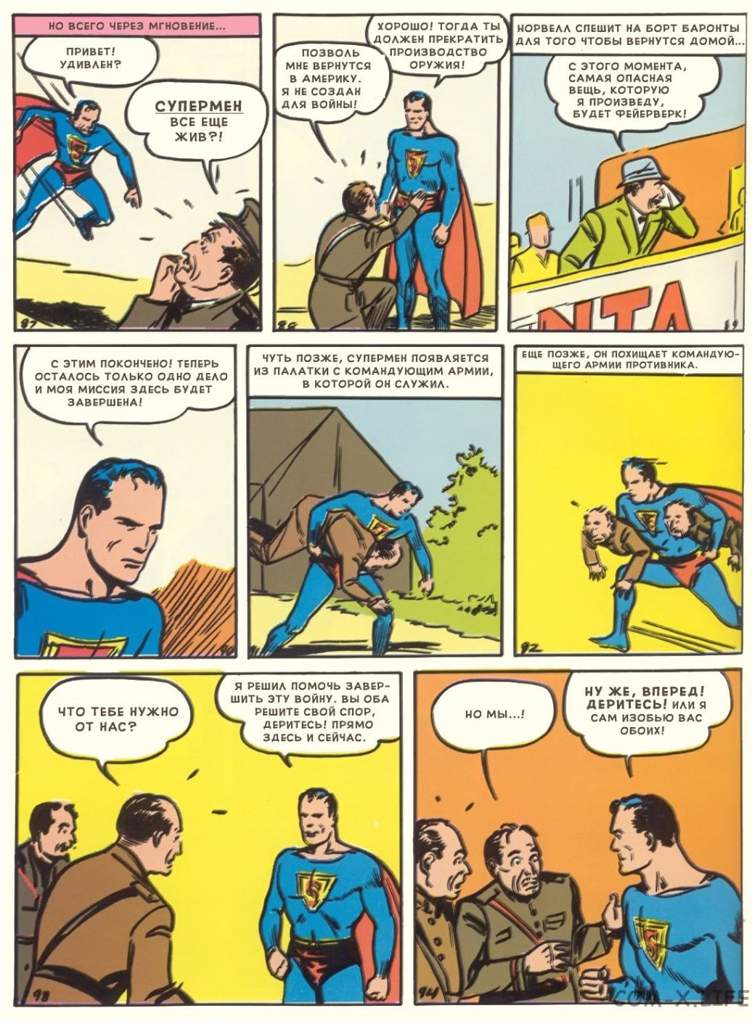 His superpowers remained in a dream, and he is still the same timid and shy boy named Bogdan. Instead of punishing the hooligans and saving the kitten, he himself received cuffs from Sasha and his company.
His superpowers remained in a dream, and he is still the same timid and shy boy named Bogdan. Instead of punishing the hooligans and saving the kitten, he himself received cuffs from Sasha and his company.
Dumbfounded by his own impotence, he could not fight back against the boys. Bowing his head, Bogdan wandered home to the wild laughter of hooligans.
“No! I don't have superpowers! I am an ordinary boy, ”Bogdan was annoyed. Full of anger and frustration, he wanted to burst into tears. Tears welled up in his eyes, but he decided not to give up.
"If I can't be Spiderman in my dreams, I'll be a real superhero," the boy decided. He shed no tears and no longer hid from bullies. From that day I started playing sports. At first, this was just a morning exercise, but then Bogdan liked it so much that he began to complicate his task.
Every day he did 50 sit-ups and push-ups, ran 10 laps around the house and went to the sports ground in the neighboring yard.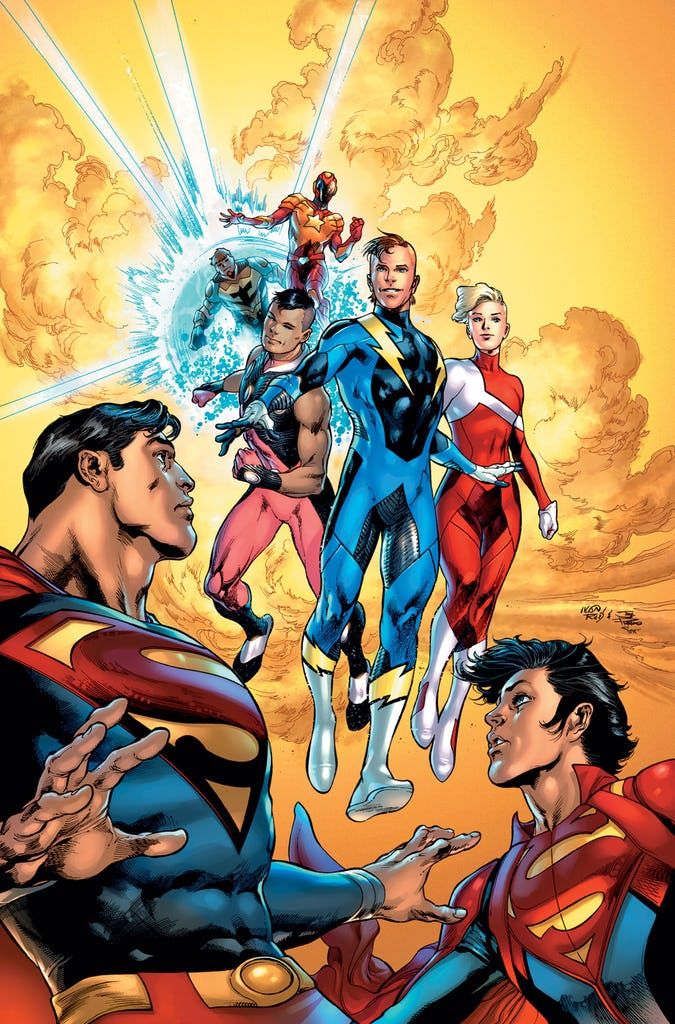 A month or two passed. Bogdan liked to play sports, but one run, push-ups and squats already seemed not enough. Then Bogdan decided to enroll in a karate school and a gymnastics section. He worked hard and became proficient in the martial art.
A month or two passed. Bogdan liked to play sports, but one run, push-ups and squats already seemed not enough. Then Bogdan decided to enroll in a karate school and a gymnastics section. He worked hard and became proficient in the martial art.
A year has passed. Bogdan finished the second grade and continued to do karate and gymnastics. He had already forgotten about Sasha and his company, when he suddenly met them again in the yard. This time the hooligans threw stones at a stray dog. Seeing Bogdan, they did not stop and continued to mock the dog. But this time they were not so lucky. The boy stood up for the defenseless animal and hit Sasha properly. If he had not done karate and gymnastics, he would not have been able to save the dog, just as he could not help the kitten a year ago.
“Now I understand… Everyone can become a superhero. Sport will make anyone a superman, ”thought Bogdan, from whom the hooligans were running away.
He turned around to go to the entrance and saw the same girl Nastya looking at him and smiling, with whom he made crafts in the Cabinet of superheroes .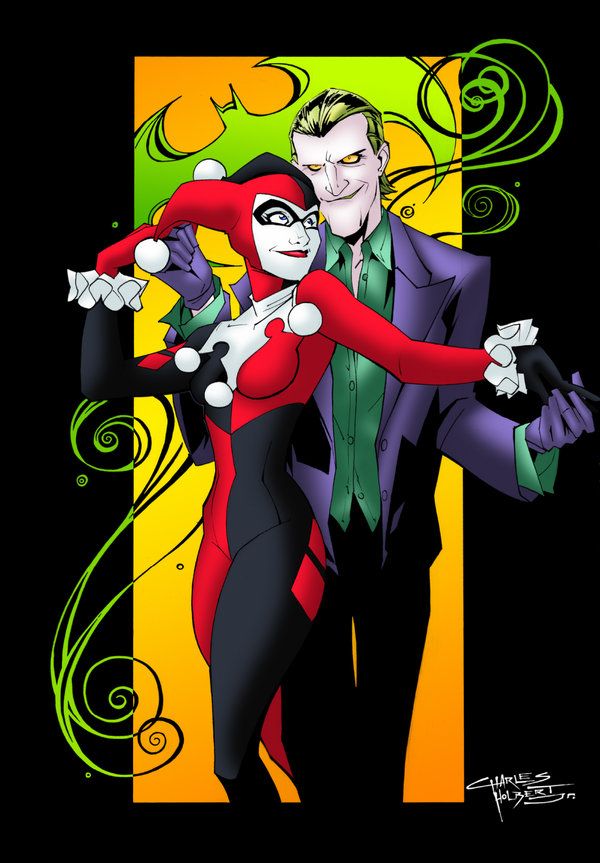 .. but that's a completely different story ... who became a superhero
.. but that's a completely different story ... who became a superhero
👋 Turn on the fairy tale about Spiderman and devote 10 minutes to yourself: make coffee, relax a bit and regain your peace of mind 🙂
P.S. This fairy tale can be read in Ukrainian: “A fairy tale about a spider-man and a boy who becomes a superhero”
when minority superheroes appeared - Read on DTF
And who they were.
11915 views
At the dawn of their development, superheroes were aimed at a very specific audience: white men. They looked and behaved appropriately to be close to the bulk of their intended readers. But have comics changed much since then? And when exactly did they start to change? Let's see when the first superheroes related to various minorities appeared.
The first blacks
The history of blacks in comics is divided into several steps. Initially, when stories about superheroes only arose, the central characters in them were sort of ideal white Americans: the kid from the outback who conquered the capital, Clark Kent, the rich descendant of the “American aristocracy” Bruce Wayne, the city kid Steve Rogers.
However, even then blacks appeared as assistants to white heroes. Separately, it is worth noting the strong man Lazar from the comic "Madrake the Wizard", launched back in 1934 year. Madrake is one of the first, and perhaps the very first superhero, a hypnotic wizard who uses his powers to fight evil. And Lazar is his friend, a dark-skinned prince of an African country who fled his homeland in order not to become king, and decided to help Madrake.
Madrake
Lazar is a controversial character. On the one hand, the comic calls him the strongest man on Earth, able to lift an elephant, invulnerable to conventional weapons.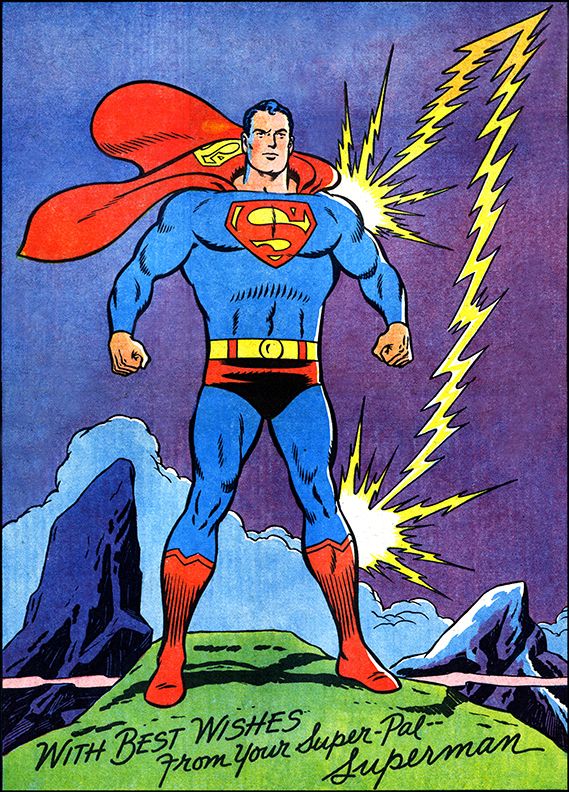 On the other hand, in early episodes, Lazar spoke little English and acted more as Madrake's "brute force".
On the other hand, in early episodes, Lazar spoke little English and acted more as Madrake's "brute force".
In a 1935 comic, he was explicitly called the magician's "slave". But the 1965 reboot got rid of the most racist details, and the comic continued until 2013, with its characters repeatedly changed.
A little later, in the 1940s, came the only issue of All-Negro Comics, a magazine written and illustrated by black people. It spanned many genres, including the story of Lion Man, a hero who defended Africa's uranium reserves from villains.
But black characters entered the mainstream of comics only in the 60s. First, at 1966, as part of the Fantastic Four, Marvel Studios introduced the Black Panther, whose image is now well known to everyone. This is the prince of the fictional African country of Wakanda, protecting his homeland and the whole world from the plans of various villains.
In 1971, DC's first black superhero appeared, "backup" Green Lantern John Stewart, who received the ring after the then "main" Lantern, Hal Jordan, was injured.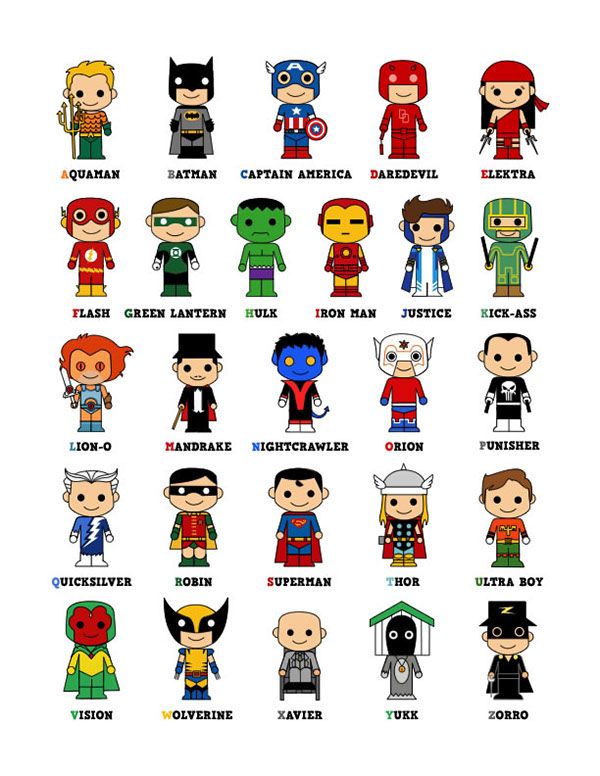 Over time, it was Stuart who began to be associated with many with the Green Lantern, but a lot of time passed before that - first other black superheroes appeared with their own comics.
Over time, it was Stuart who began to be associated with many with the Green Lantern, but a lot of time passed before that - first other black superheroes appeared with their own comics.
The first such character is Marvel's Luke Cage, comics about which began to appear in 1971 under the name Luke Cage, Hero For Hire. Stories about him are filled with racist stereotypes in the spirit of the blaxploitation genre that was popular in those years. Cage was portrayed as a simple, strong man who spoke in short sentences, many of which were read by American consumers as clichés that betray African American origins - like Sweet Christmas.
By the way, in the recent series, this phrase of Cage was played up through the character's consistent refusal to mate. Over time, the popularity of blaxploitation fell, and at the beginning of 9The 0's image of the hero was greatly rethought in the spirit of the general "growing up" of comics.
In a recent series, there is a parody of Cage's original
costume But DC came up with the first black superhero with their own comic book only in the 77th.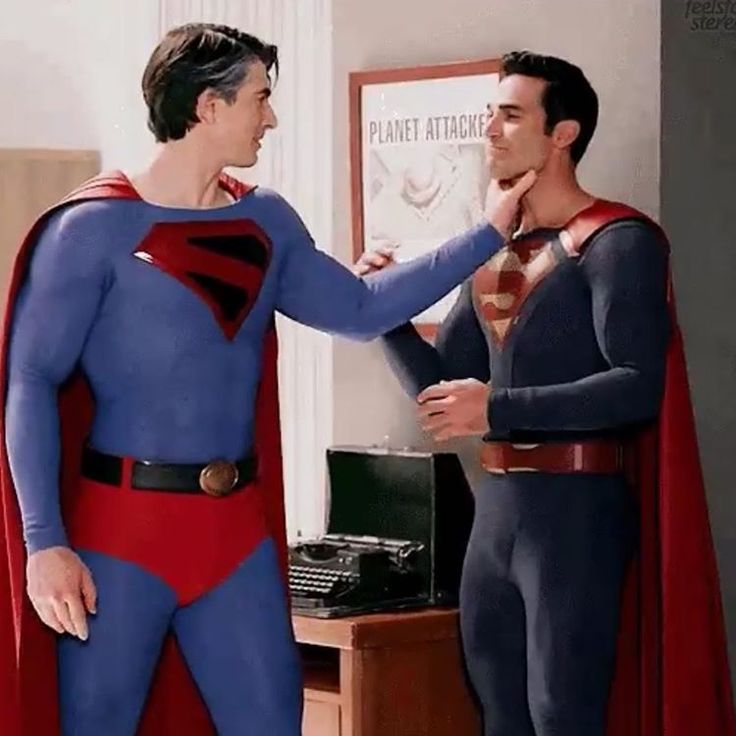 They became Black Lightning, Jefferson Pierce, about whom a series was also recently launched.
They became Black Lightning, Jefferson Pierce, about whom a series was also recently launched.
Black Lightning originally fought crime in the suburbs of Metropolis using a belt that allowed him to control electricity. Over time, he lost the belt and acted without it, and then found out that the control over electricity was his own gift, independent of this gadget, and the loss of abilities was psychosomatic in nature. In this form, the superhero remains in the DC Universe to this day.
First Muslims
Formally, the first Muslim superhero appeared in 1944. The relatively small studio Elliot Publishing released several comics dedicated to the heroes fighting the Nazis. Among them was Kesmet, the Man of Fate (Kismet, Man of Fate).
A Muslim from Algeria, Kesmet acted as an Allied agent who operated behind enemy lines in Nazi-occupied France. However, the Bomber Comics series, which introduced Kesmet along with a group of other "military" heroes, lasted only four issues.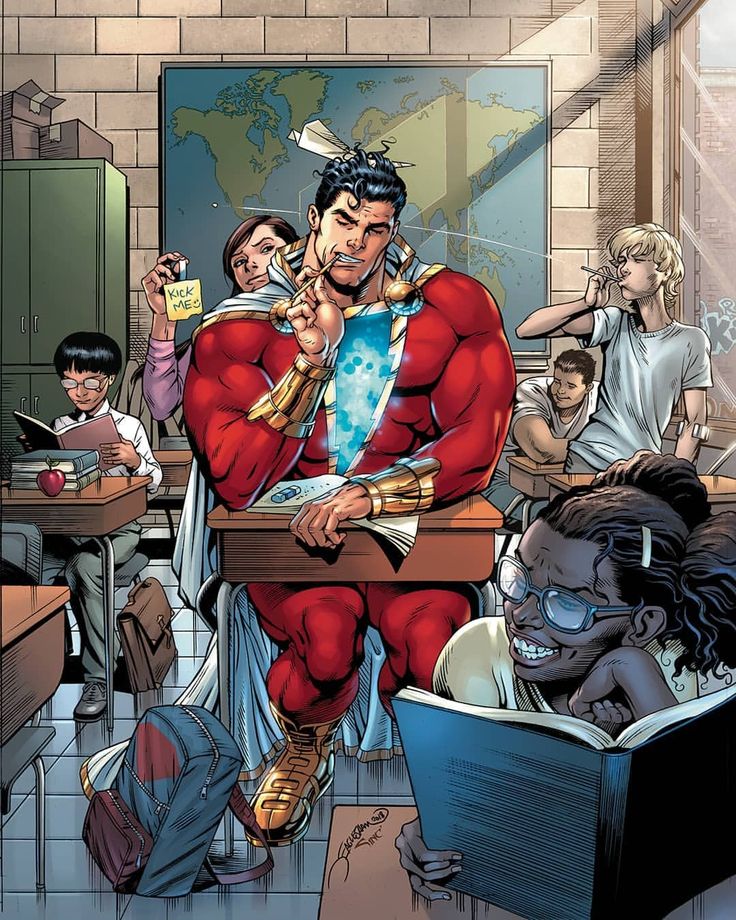
Kesmet
But America is one of the most Christian countries in the world, which is reflected in everything from politics and culture to economics and education. And there is nothing surprising in the fact that Muslims on the pages of comics are rare guests. For many years, the problem was not conscious prejudice, as is the case with blacks, but the fact that Muslims were simply forgotten. From the point of view of American culture, they did not exist.
After the closure of the Kesmet story, the next Muslim superhero appeared exactly 50 years later, at 1994th. This is Mone St. Croix, or Em (M), a Bosnian-born Muslim mutant from Marvel's X-Men comics. She possessed exceptional physical abilities: super strength, superhuman stamina, and speed. Em appeared in the Generation X comics, but later featured among Professor Xavier's students.
But more often than not, Suraiya Kadeer, or Dust, created in 2002, is considered the first Muslim mutant.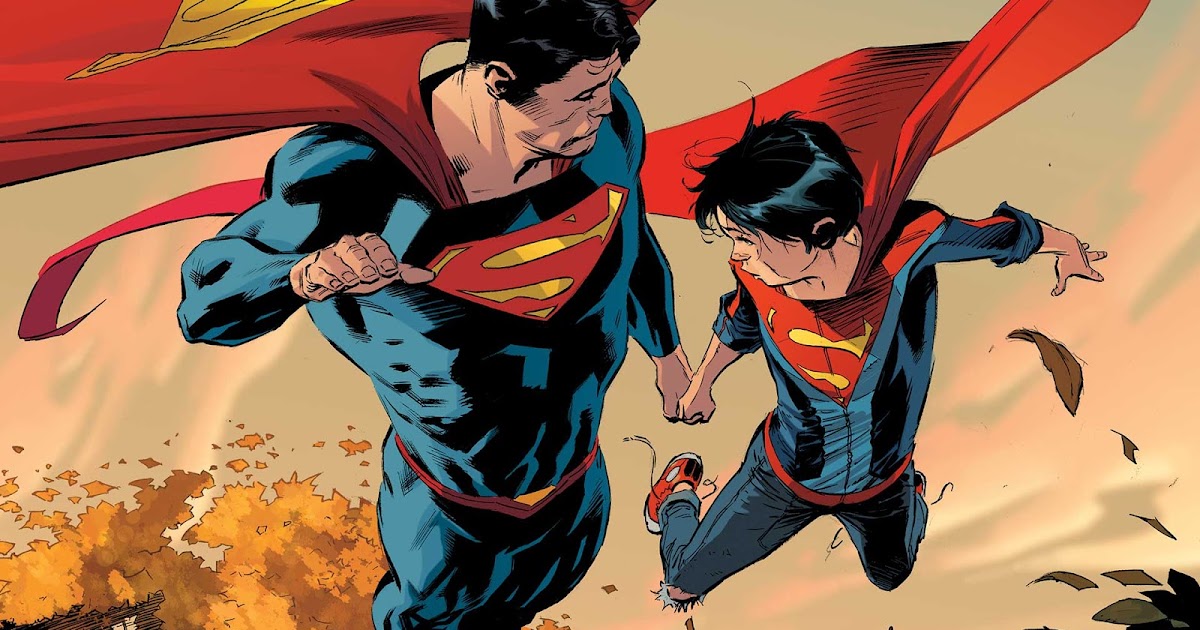 An Afghan by origin, Suraya is able to turn into "living sand". Using these abilities, the girl killed the traffickers who attacked her, which attracted the attention of the X-Men. They took Suraya to the USA, where the girl participated in many superteam adventures.
An Afghan by origin, Suraya is able to turn into "living sand". Using these abilities, the girl killed the traffickers who attacked her, which attracted the attention of the X-Men. They took Suraya to the USA, where the girl participated in many superteam adventures.
The X-Men are generally extremely convenient for Marvel to try new cultures and character types on them - since the "X gene" is theoretically distributed evenly throughout humanity, any people become mutants, regardless of gender, nationality and religion. At the same time, having the very team of Professor Xavier's students in America, the publishers retained the traditional American-centric view of comics.
The DC similarly use the Green Lantern Corps. So, in 2012, they made one of the Lanterns Simon Baz, a Lebanese-American who professes Islam. He was chosen by the Ring, created by the fusion of Khal Jordon and Sinestro, making him DC's first Muslim superhero. For a time, Baz even acted as the "primary" Green Lantern, and as such joins the American Justice League.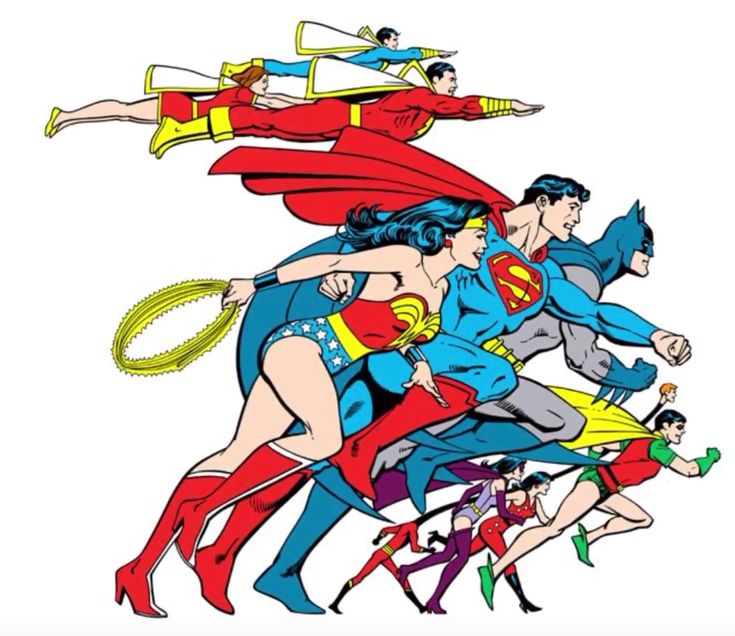
And here is the first, and, so far, the only hero of the "big two" who professes Islam and has his own comic book - Kamala Khan, Ms. Marvel by the company of the same name. Her story begins in 2013.
The Khan comic is markedly different in tone and pathos from other Muslim superhero stories. While the stories of Baz or Dust focus on issues of terrorism and racism, the Khan comics deal with the more personal themes of adapting and finding one's place in a foreign country and culture.
In parallel with the experiments of the "two", their own comics were made in the Muslim world. The most famous of them is "99", published by the Kuwaiti studio Teshkeel Comics in 2007. Named after the 99 names of Allah, the comic is dedicated to a group of people, mostly teenagers, from different parts of the Islamic world, from Malaysia and Libya to expat communities in the United States. All of them received unique powers from 99 books from the "House of Wisdom", the famous library from Baghdad, ravaged by the Mongols in 1258.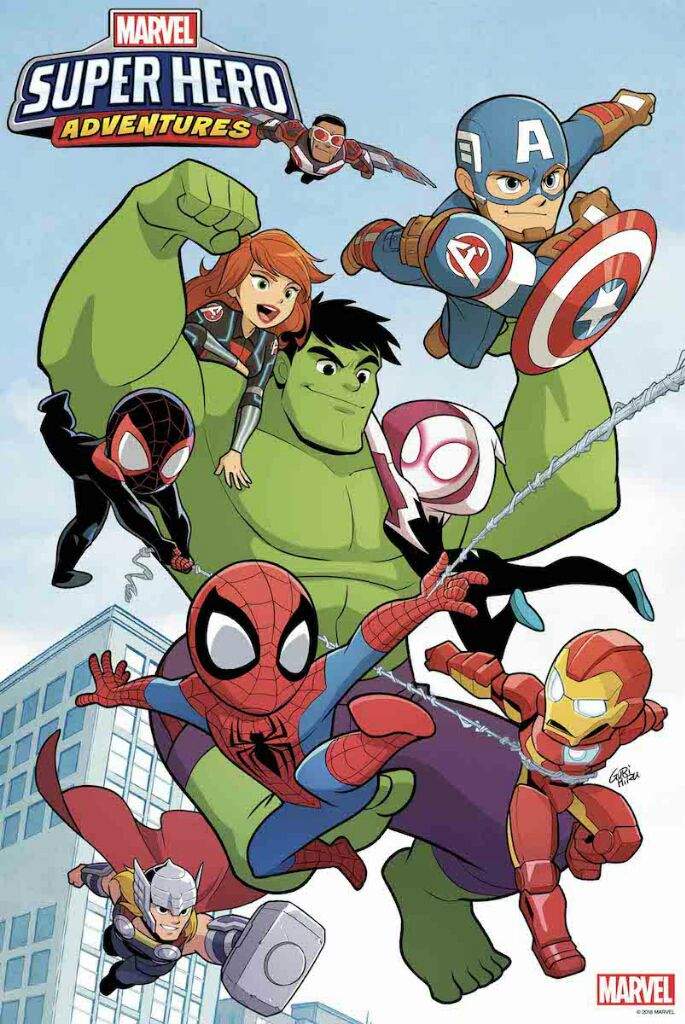
The authors specifically emphasize that the characters can only cope with problems by combining their abilities, which is intended to emphasize the need for Muslims to unite with each other. This, however, did not stop the authorities of Saudi Arabia from declaring the comic as heretical on the grounds that the powers of superheroes are based on the names of Allah.
First Women
There are no superheroines or supervillains in the comics of the 1930s. This is a showdown of white men, where women acted like trophies, content with the role of beautiful captives, whom the villain kidnapped, and the main character freed. In many comics, this relationship dynamic still persists, albeit somewhat disguised.
But in 1940, as if anticipating the imminent entry of the United States into World War II, which forced thousands of women across the country to take up traditionally "male" affairs, a number of studios decided to create their own superheroines.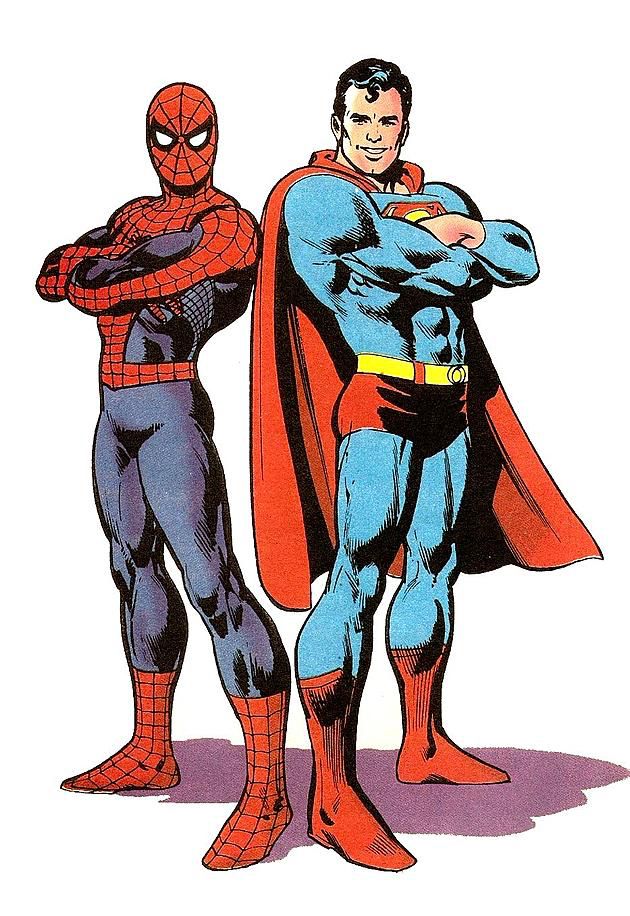 Chronologically, the first of these was Fantomah from Fiction House, an ancient Egyptian princess who protected flora and fauna in Africa. Moreover, when she used her powers, her beautiful face turned into an eerie blue skull.
Chronologically, the first of these was Fantomah from Fiction House, an ancient Egyptian princess who protected flora and fauna in Africa. Moreover, when she used her powers, her beautiful face turned into an eerie blue skull.
With a slight delay after Phantom, a whole galaxy of superheroines saw the light: Black Cat (not directly related to late heroines) from Harvey Comics, Red Tornado (not related to the cyborg character of the same name) from DC, Lady Phantom, who was part of the Freedom Fighters team (also DC), Ms. Fury, Lady Luck (Quality Comics) and The Woman in Red (Nedor Comics), who is considered the first masked superheroine.
It is curious that one of the types of such heroines is a girl from a successful family who fought crime out of boredom. However, most of them had the same motivation as men: the desire for justice and the lack of faith that, acting within the law, it is possible to overcome crime.
But all these characters remained either side characters in comics dedicated to the adventures of a male superhero, or appeared in small formats: mini-series or separate comics published as part of a collection.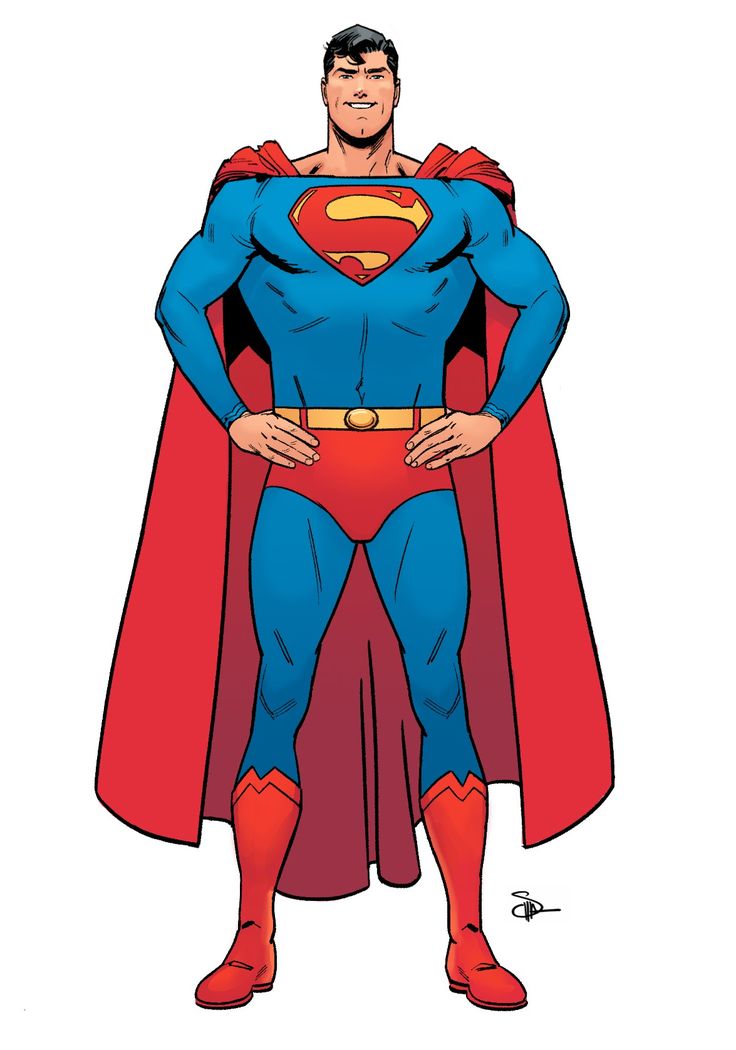 The first superheroine to be awarded her own cycle is the well-known Wonder Woman from DC studio, the Amazon princess from the fictional country of Themyscira, who protects the world from evil. She appeared in comics at 1941, and received her own series in 1942.
The first superheroine to be awarded her own cycle is the well-known Wonder Woman from DC studio, the Amazon princess from the fictional country of Themyscira, who protects the world from evil. She appeared in comics at 1941, and received her own series in 1942.
Unlike many other "first" superheroes, Wonder Woman is not only an attempt to attract new readers, but also a conscious political statement. The concept was developed by psychologist and feminist theorist William Marston, who worked as a consultant at DC. He invited his employers to create a character who would not only fight evil with force, but also try to engage in dialogue and seek mutual understanding.
On the advice of his wife, Marston decided to make this character a woman. The studio gave the green light: a new series appeared and quickly gained popularity, despite a number of scandals.
Curiously, Marvel is decades behind DC here. Their first superheroine, the Invisible Lady, a member of the Fantastic Four, did not appear until 1961.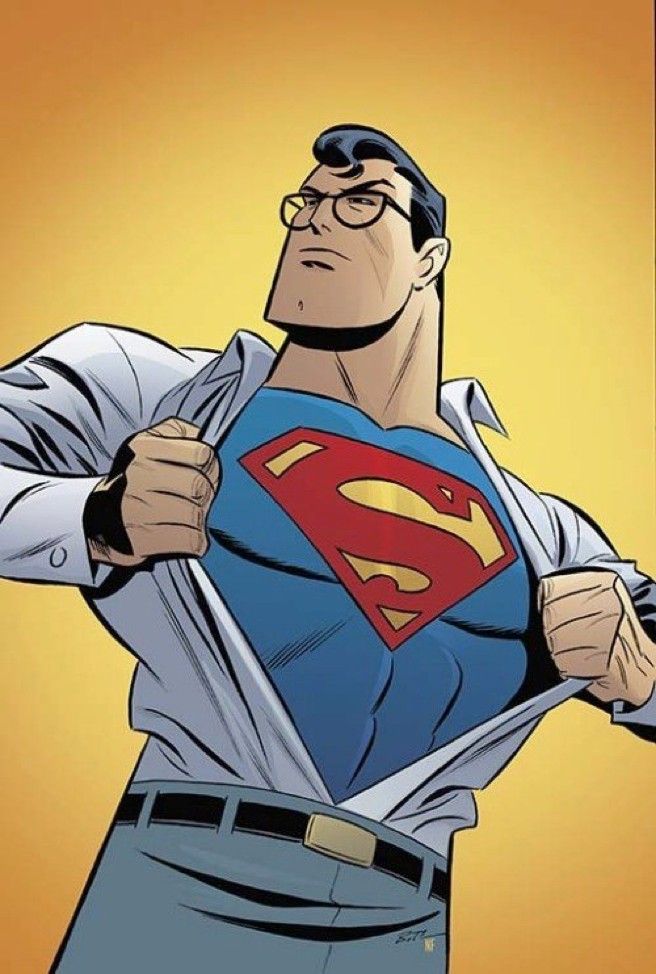 And the first superheroines to get their own comics were the "female" versions of male superheroes: Carol Danvers (Captain Marvel) in 1977 and She-Hulk in 1980. Unique heroines who deserve their own series appeared at Marvel only in the 90s.
And the first superheroines to get their own comics were the "female" versions of male superheroes: Carol Danvers (Captain Marvel) in 1977 and She-Hulk in 1980. Unique heroines who deserve their own series appeared at Marvel only in the 90s.
First LGBTQ Heroes
Non-heterosexual characters in comics are unique in that they were the only "minority superheroes" to survive a direct and open ban.
The famous Comic Code Authority, an organization that monitored the content of comics and, in fact, censored them, appeared in 1954, after the publication of Seduction of the Innocent by psychologist Frederic Wertham. Wertham accused comics of promoting homosexuality, drawing attention, in particular, to the relationship between Batman and Robin, in which he saw homosexual motives.
After the creation of the CCA, any trace of homosexuality in mainstream comics was strictly prohibited. It was from the standpoint of the struggle against LGBTQ that moralists attacked Wonder Woman, arguing that the image of an independent woman turns readers into lesbians, and Batman's relationship with Superman, and the image of the X-Men.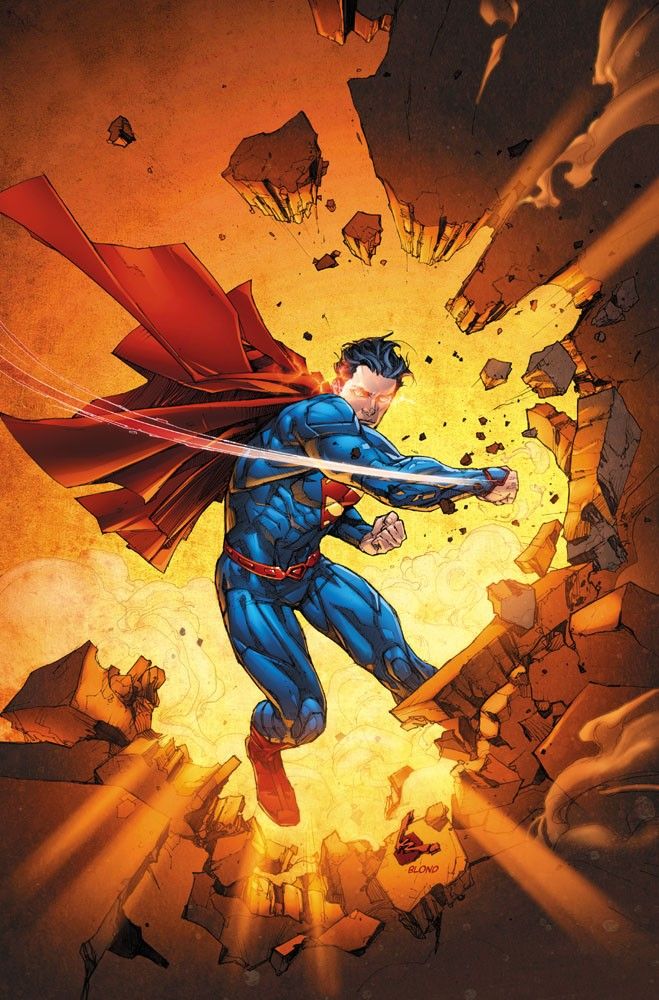 And while Comic Code Authority members have made their mark in other areas over the long years of Comic Code Authority’s existence, such as trying to prevent the inclusion of black characters in comics, as well as exclusion of violence and heterosexual love stories that seemed too frivolous, it was the fight against LGBTQ that served as their main theme right up to until the dissolution of the organization at 1989 year.
And while Comic Code Authority members have made their mark in other areas over the long years of Comic Code Authority’s existence, such as trying to prevent the inclusion of black characters in comics, as well as exclusion of violence and heterosexual love stories that seemed too frivolous, it was the fight against LGBTQ that served as their main theme right up to until the dissolution of the organization at 1989 year.
But in the end, censorship always loses. The first non-heterosexual character in comics is considered to be the mutant Jean-Paul Babier, the North Star of the X-Men. The history of his sexuality illustrates how attitudes towards this topic have changed throughout history.
The North Star appeared in 1979, and its authors from the very beginning came up with a homosexual character. But the ban both within the Marvel Corporation itself and by the CCA forced them to only hint at this fact. For example, in one of the comics, when the Star receives a phone call, another man comes to the phone.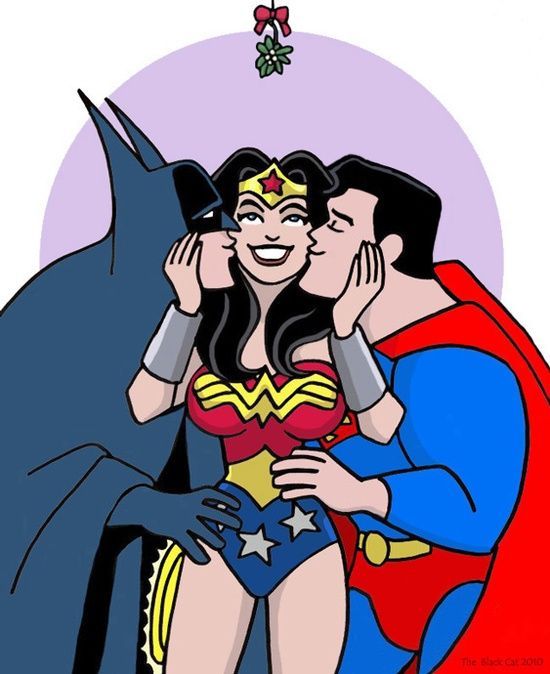
In the late 80's and early 90's in the pages of more "experimental" comics, for example, from the studio Vertigo, a "revolt" began against the CCA. It was expressed, in particular, in the fact that the authors began to touch upon the topic of LGBTQ. The most famous example of this is the work of Alan Moore: in Watchmen, released in 1986, a couple of characters are mentioned who were expelled from the team for “wrong” orientation, and in “V for Vendetta” in 1988, the heroine reads the diary of a lesbian tortured by the authorities .
Despite their success, they remained original creations outside of the "main" universes. In the same 19In 1988, DC launched the Millenium line of comics dedicated to the New Guardians team. One of its members, a magician named Extraño ("strange" in Spanish), is considered the first openly gay superhero. However, the new series did not gain much popularity, and it was soon closed.
But all these comics, like many others, led to the fact that in 1989 CCA finally disappeared.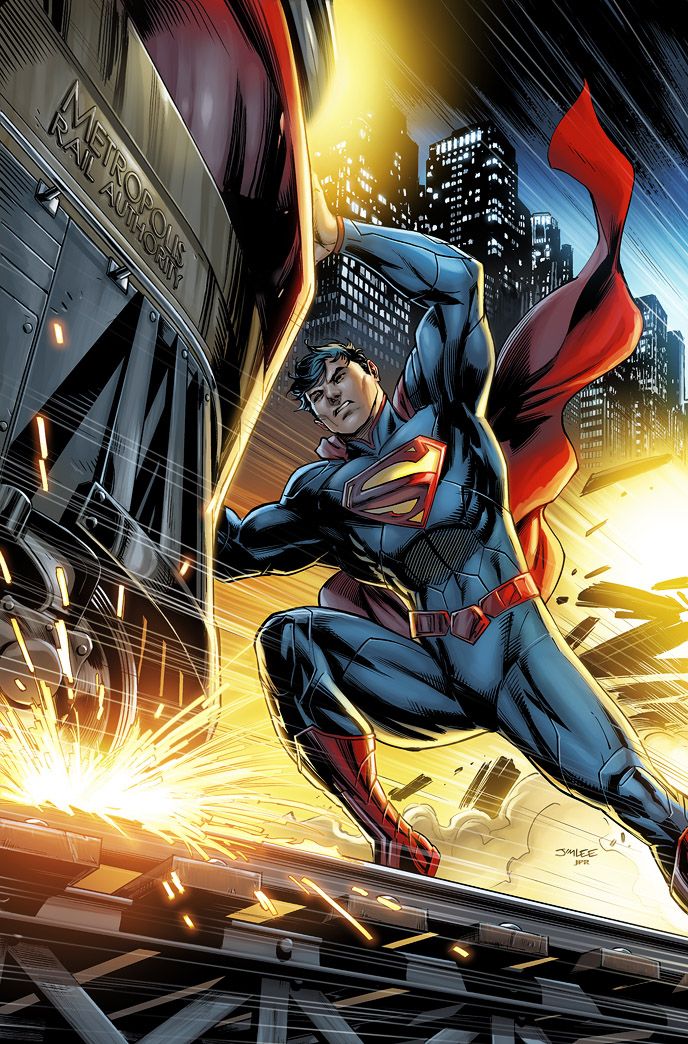 And in 1992, the North Star for the first time openly declared his orientation on the comic book page. In the same year, DC studio clearly indicated the bisexual orientation of the magician John Constantine, although this fact was finally confirmed only in 2002.
And in 1992, the North Star for the first time openly declared his orientation on the comic book page. In the same year, DC studio clearly indicated the bisexual orientation of the magician John Constantine, although this fact was finally confirmed only in 2002.
Throughout the 1990s, LGBTQ superheroes have been on the rise among teams and supporting characters. But the first non-heterosexual protagonists of mainstream comics appeared already in the 2000s, and only at DC.
In 2006, DC reimagined Batwoman in Detective Comics, making her a lesbian. And in 2011, this character received his own comic book, which is the basis of the upcoming series within Arroverse.
Even more complicated events led to the first mainstream gay superhero comic, Midnighter. This character was created by WildStorm as a reimagining of Batman. Like the Dark Knight, Midnighter had his "own" Superman, the superhero Apollo, with whom Midnighter was in a stable romantic relationship.
Heroes first appeared on the Stormwatch team, but in 2006 Midnighter got his own comic.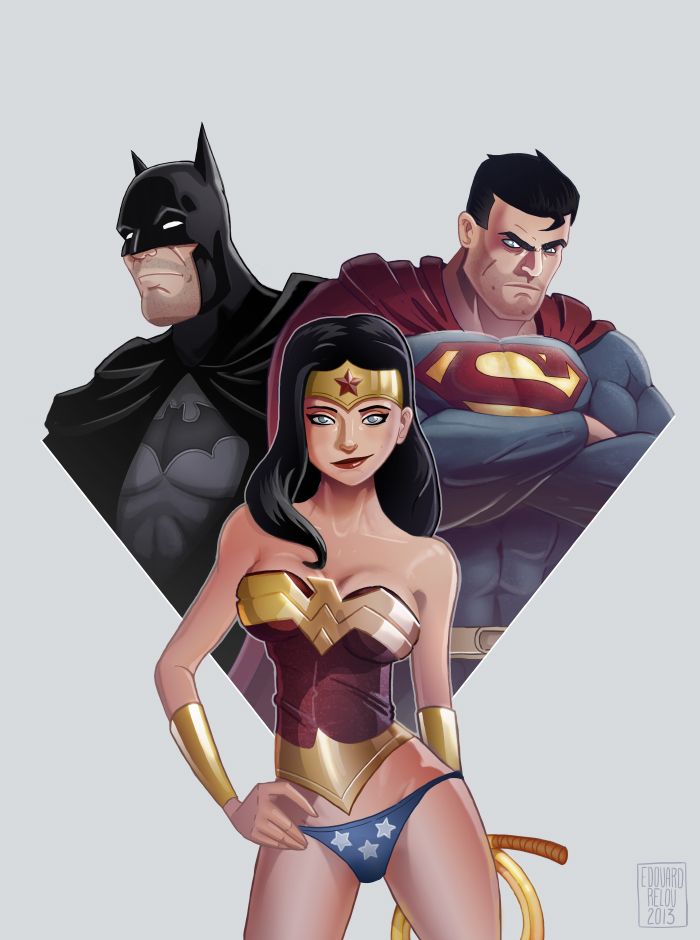 The comic was later closed and WildStorm bought DC: the company relaunched Midniter in 2015, making him the first homosexual superhero with his own line of comics.
The comic was later closed and WildStorm bought DC: the company relaunched Midniter in 2015, making him the first homosexual superhero with his own line of comics.
The first disabled superheroes
People with disabilities are different from the other groups discussed above: they have never been at the forefront of conscious discrimination. Non-heterosexual superheroes, independent superheroines, characters belonging to ethnic, racial and religious minorities often became the object of criticism and even outright bans from the Comic Code Authority, publishers and just restless parents.
But even in the 1960s, it never occurred to anyone that children would watch a comic book about people with disabilities and want to lose sight, hearing or the ability to walk themselves. In this sense, modern criticism of superheroes who have decided to portray in this role is something new.
One of the most important superheroes with disabilities right now is Marvel's Hawkeye.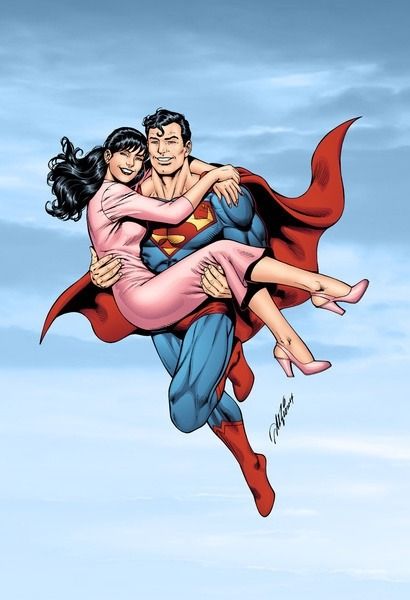 He became deaf in the 1983 comic and still uses a hearing aid. True, in the cinema they refused it
He became deaf in the 1983 comic and still uses a hearing aid. True, in the cinema they refused it
Perhaps it is because of this that the first superhero with disabilities appeared quite early - in 1940. It was Doctor Mid-Nite, a member of the DC Comics Justice Society of America. The Doctor sees perfectly in the dark, but is completely blind in the light, requiring him to use distinctive looking infrared goggles. And although the Doctor never had a separate comic, his example inspired many people with disabilities, proving that they too can become heroes.
However, in the 40s, another character did more for this - Freddie Freeman, aka Captain Marvel Jr., created by Fawcett Comics. We have already written about the difficult history of the title "Captain Marvel", and therefore for now it is enough to say that we are talking about the assistant of the hero, who will later be called Shazam.
Like his older comrade, Freddy could transform into Captain Marvel with the power of six heroes, and in this form had no physical problems.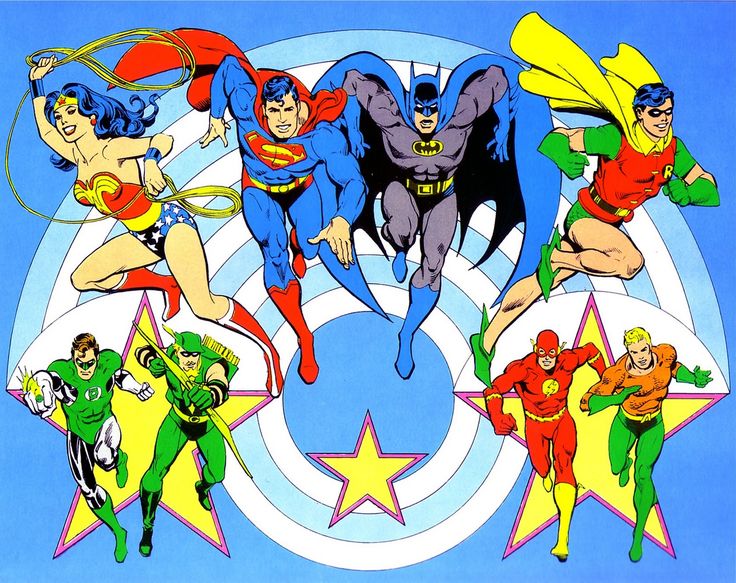 But in his "regular" form, Freeman remained a small boy suffering from a limp after fighting Hitler's "favorite superhero" Captain Nazi.
But in his "regular" form, Freeman remained a small boy suffering from a limp after fighting Hitler's "favorite superhero" Captain Nazi.
But at Marvel, the first significant superhero with disabilities was the wheelchair-bound Charles Xavier, aka Professor X, who appeared in the first issue of the X-Men only in 1963.
In the same year, a very similar character appeared at DC. The Chief, a wheelchair-bound genius scientist, has taken charge of the new Doom Patrol team, which also has a TV series.
However, behind the times, Marvel quickly caught up and surpassed DC in terms of inclusivity. At 19On 1964, they launched the first comic book about a person with disabilities - a blind lawyer, Daredevil. He gained cult status, including due to his features. Daredevil also turned out to be the first Catholic protagonist in the Big Two comics, which also meant a lot in Protestant America, especially in the 60s.
True, over time, disputes began around Daredevil.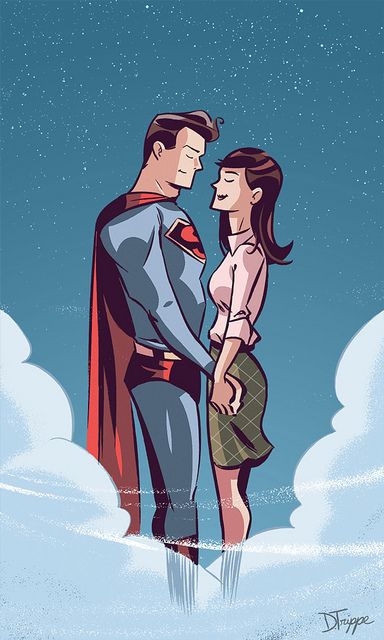 To what extent can its capabilities be considered "limited"? Professor Xavier is extremely powerful, but at the same time, the comics emphasize that he is deprived of many things that ordinary people take for granted. But Matt Murdock, especially in later comics or the recent series, is quietly doing everything that a person with normal vision can do and, in fact, is rather pretending to be blind.
To what extent can its capabilities be considered "limited"? Professor Xavier is extremely powerful, but at the same time, the comics emphasize that he is deprived of many things that ordinary people take for granted. But Matt Murdock, especially in later comics or the recent series, is quietly doing everything that a person with normal vision can do and, in fact, is rather pretending to be blind.
DC's only character to come close to its success is Barbara Gordon, Commissioner Gordon's daughter from the Batman stories. Starting her career as Batgirl, she lost the ability to walk after meeting the Joker in 1989, and became the heroine Oracle, a genius hacker who coordinates the actions of other superheroes. And although she was never written in her own comic book, the Oracle remained for many years a character that inspired readers suffering from serious ailments.
True, in 2011 the studio decided to “heal” Barbara, which provoked controversy and a split among the fans.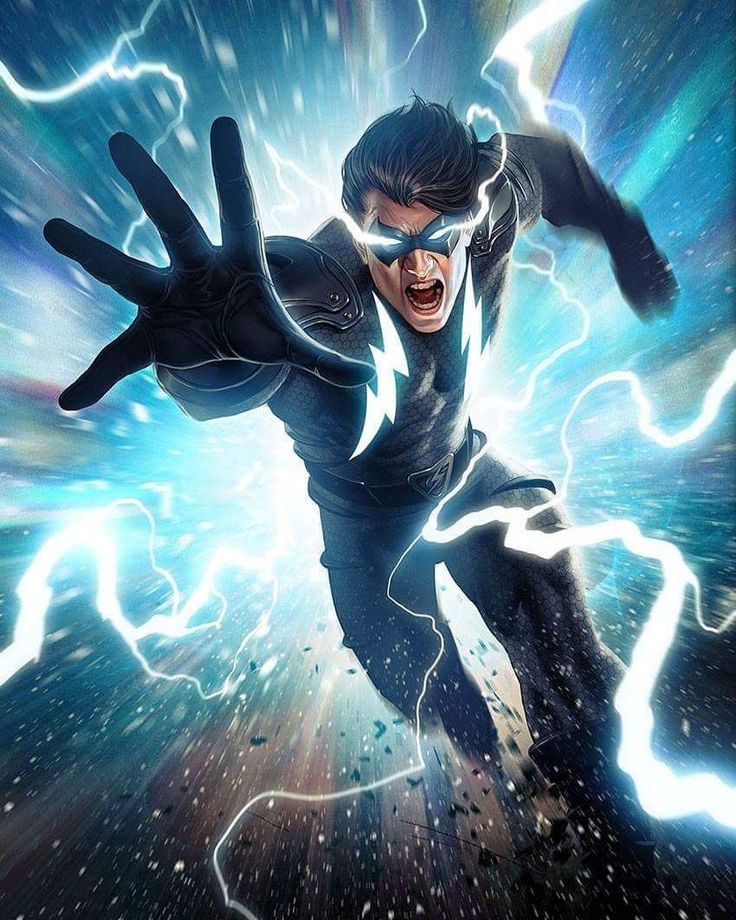 On the one hand, healing is what many people with disabilities would like, and from that perspective, her story is a symbol of hope. But, on the other hand, in real life, a complete recovery of the legs after a spinal injury does not seem possible yet.
On the one hand, healing is what many people with disabilities would like, and from that perspective, her story is a symbol of hope. But, on the other hand, in real life, a complete recovery of the legs after a spinal injury does not seem possible yet.
Is it fair under such conditions to deprive readers of characters with whom they easily associate themselves, for the sake of commercial considerations and an “optimistic ending”? After all, the place that the Oracle occupied in the DC Universe has been empty ever since.
Ultimately, comics benefit from making their characters as diverse as possible, including characters from different nationalities, religions, cultures, sexual orientations, and genders. And it's not just about fairness, although it would seem that this consideration should be enough. Comic books that rely on diversity are getting better.
In order to professionally and beautifully include non-standard characters in their works, screenwriters, artists and producers must develop: expand their cultural horizons, master new skills, invent new plots and conflicts that had not previously occurred to them, hire people who can think in terms of -new.





